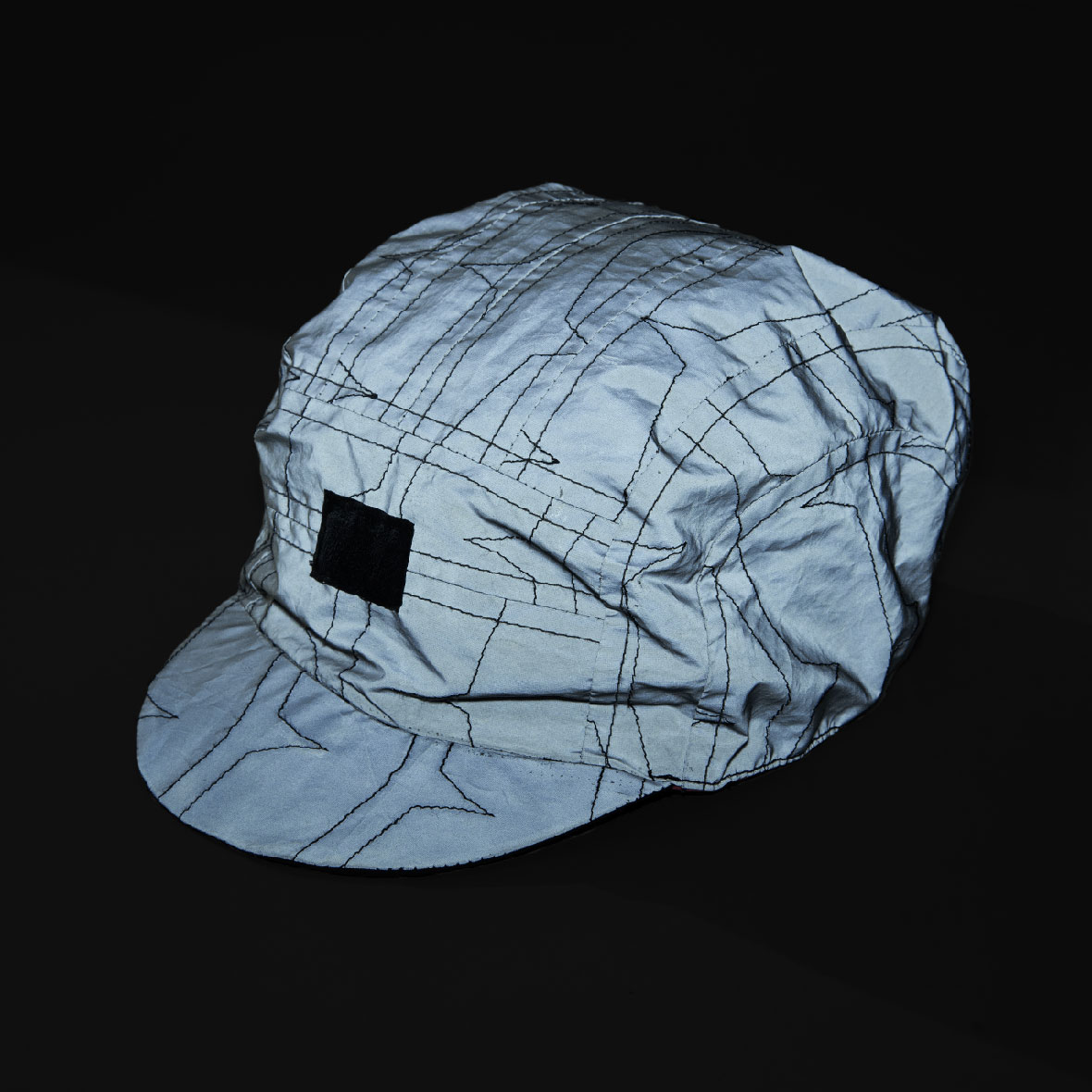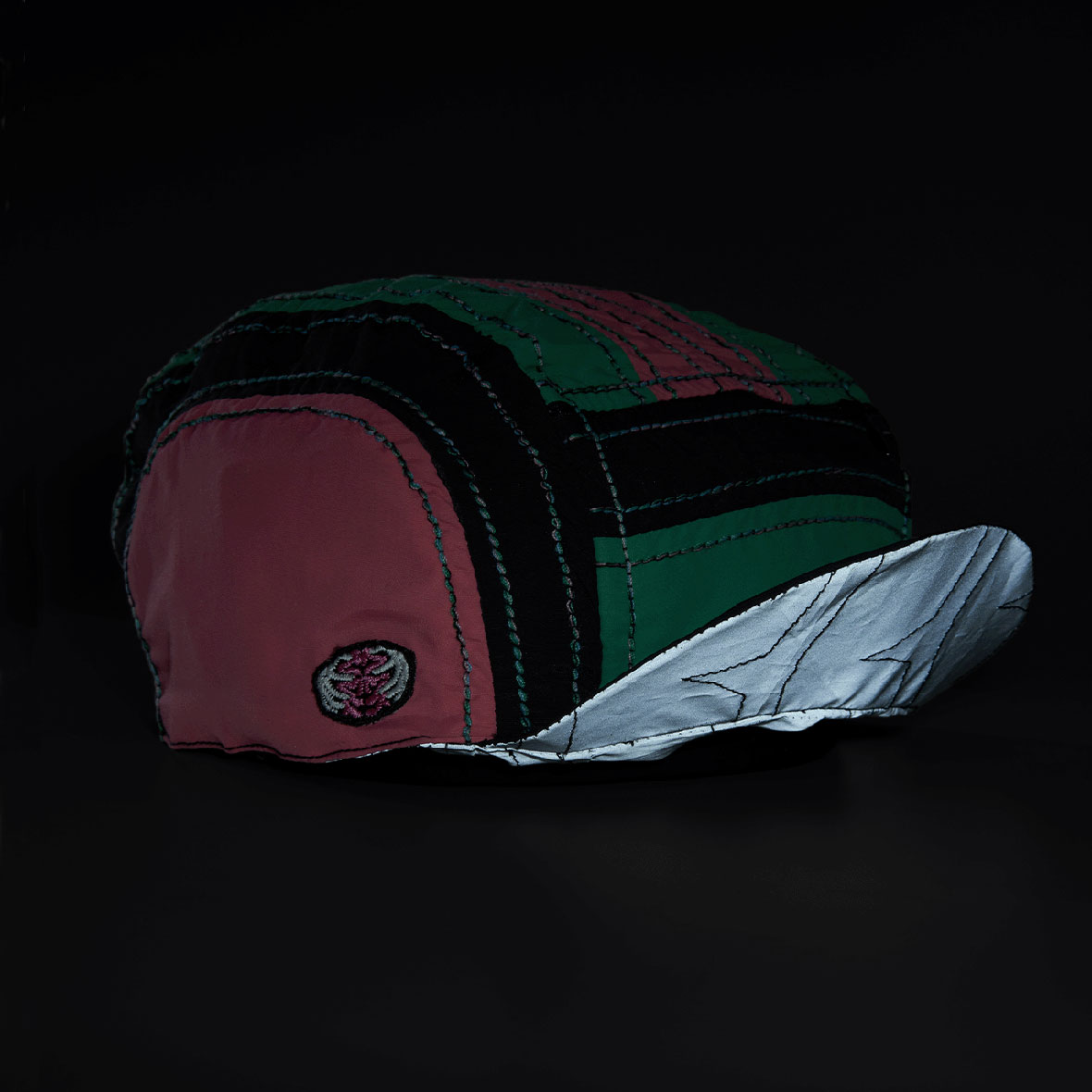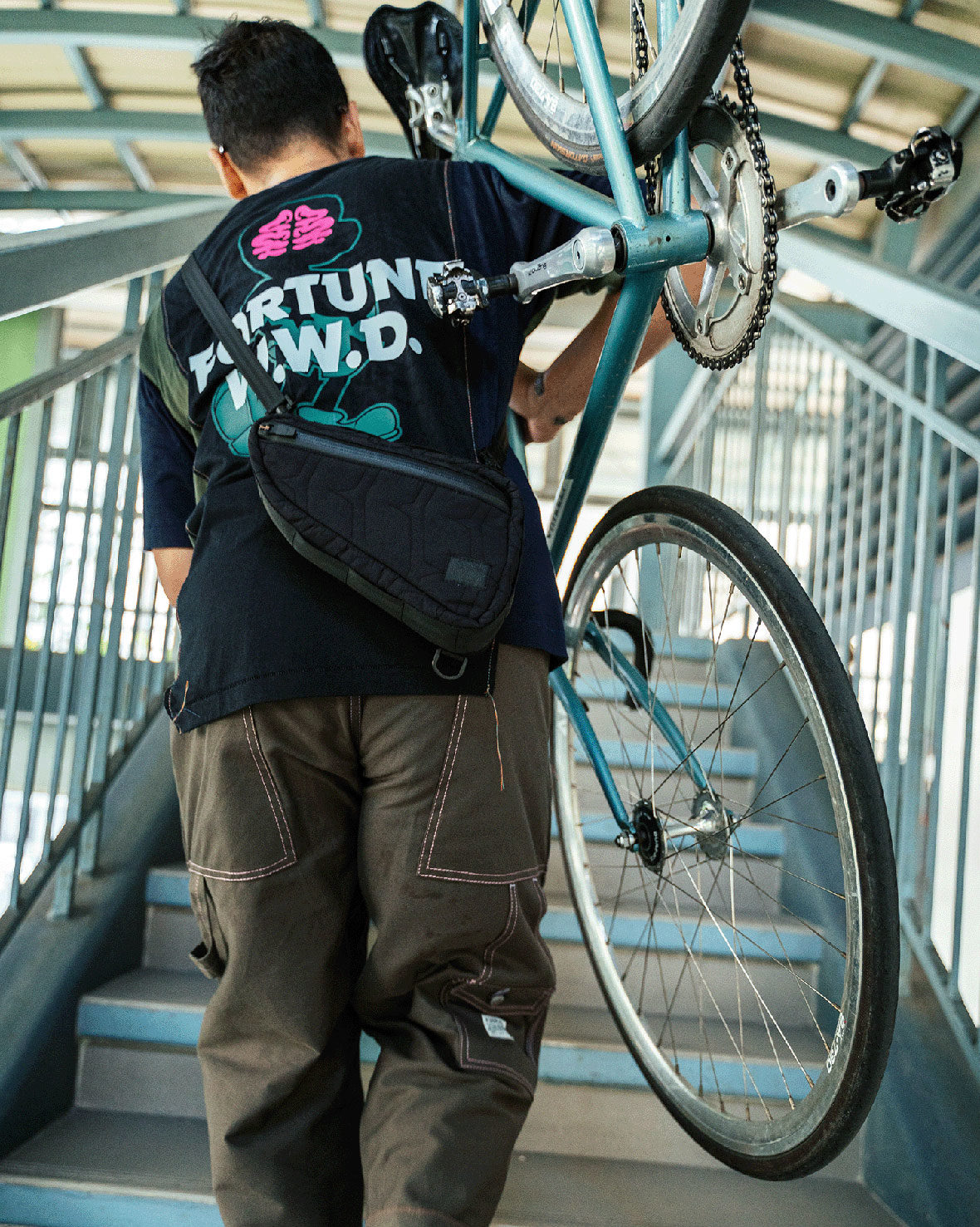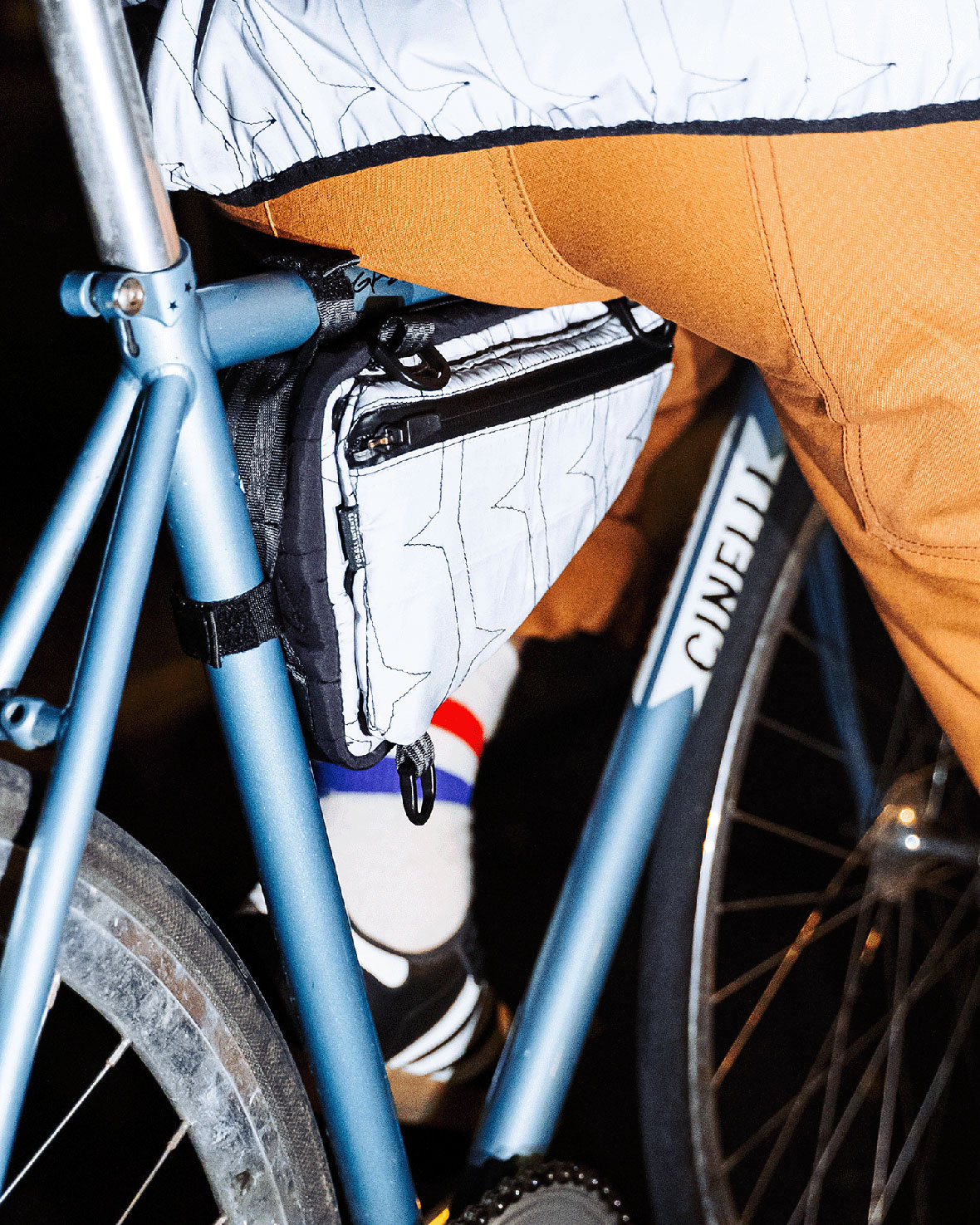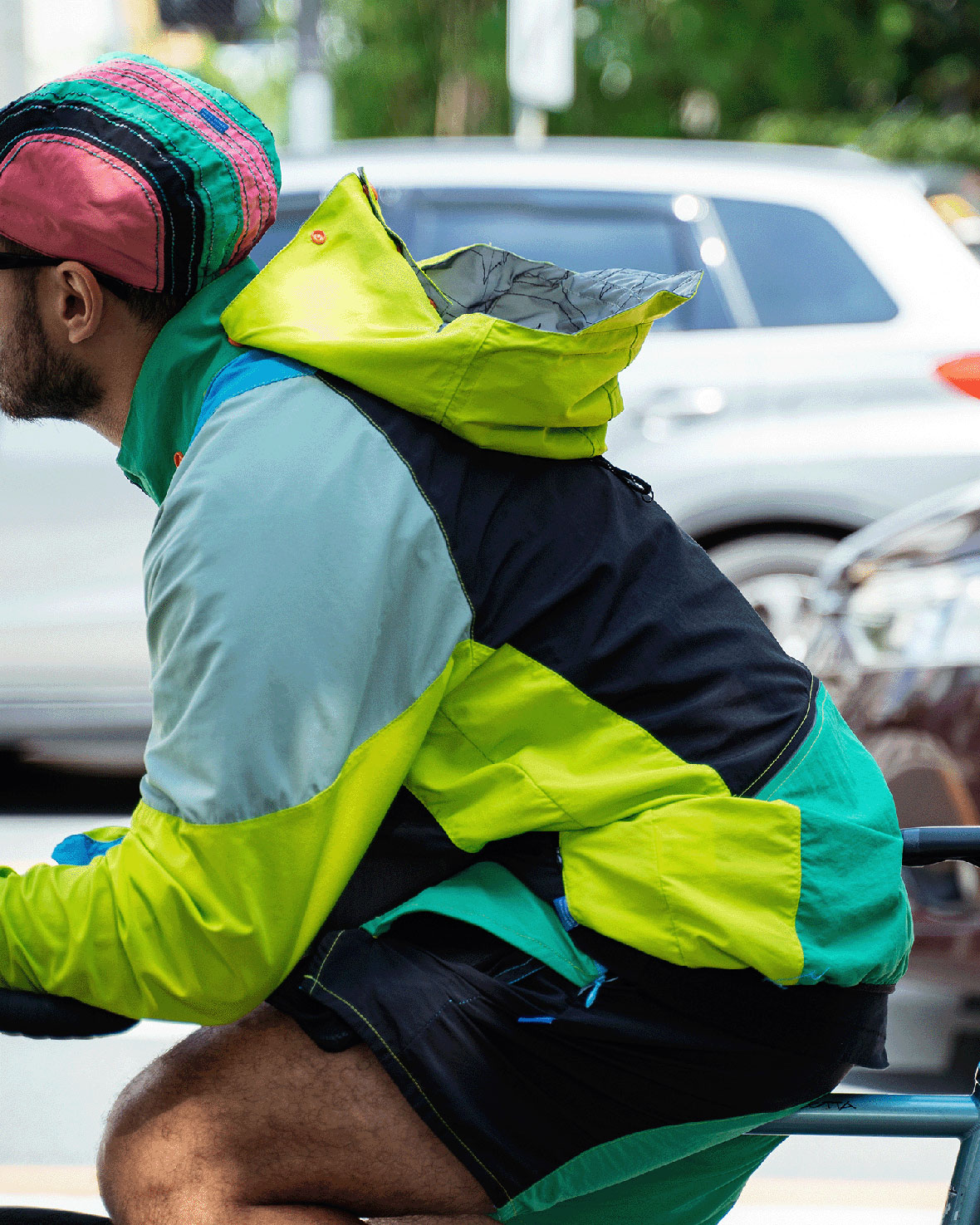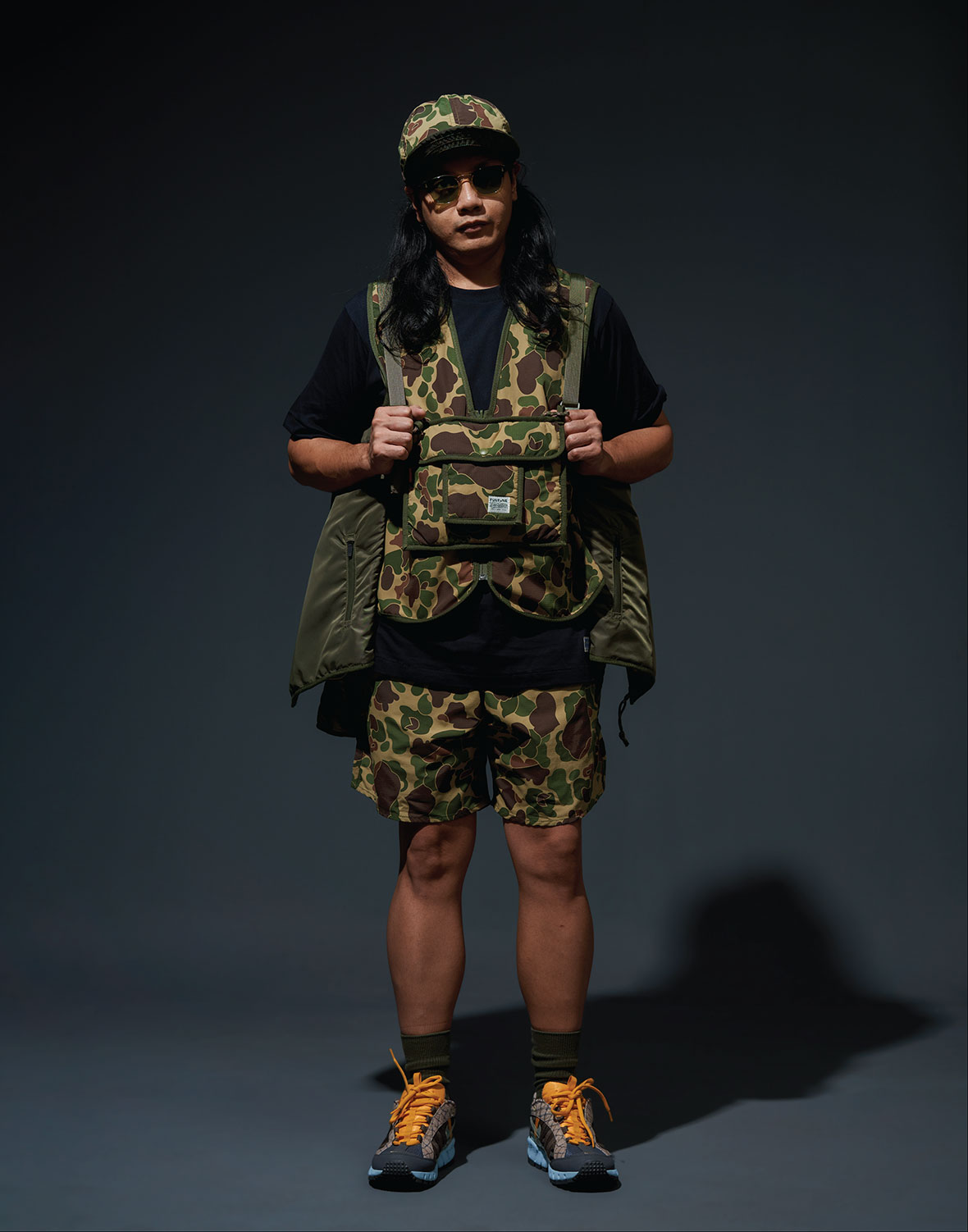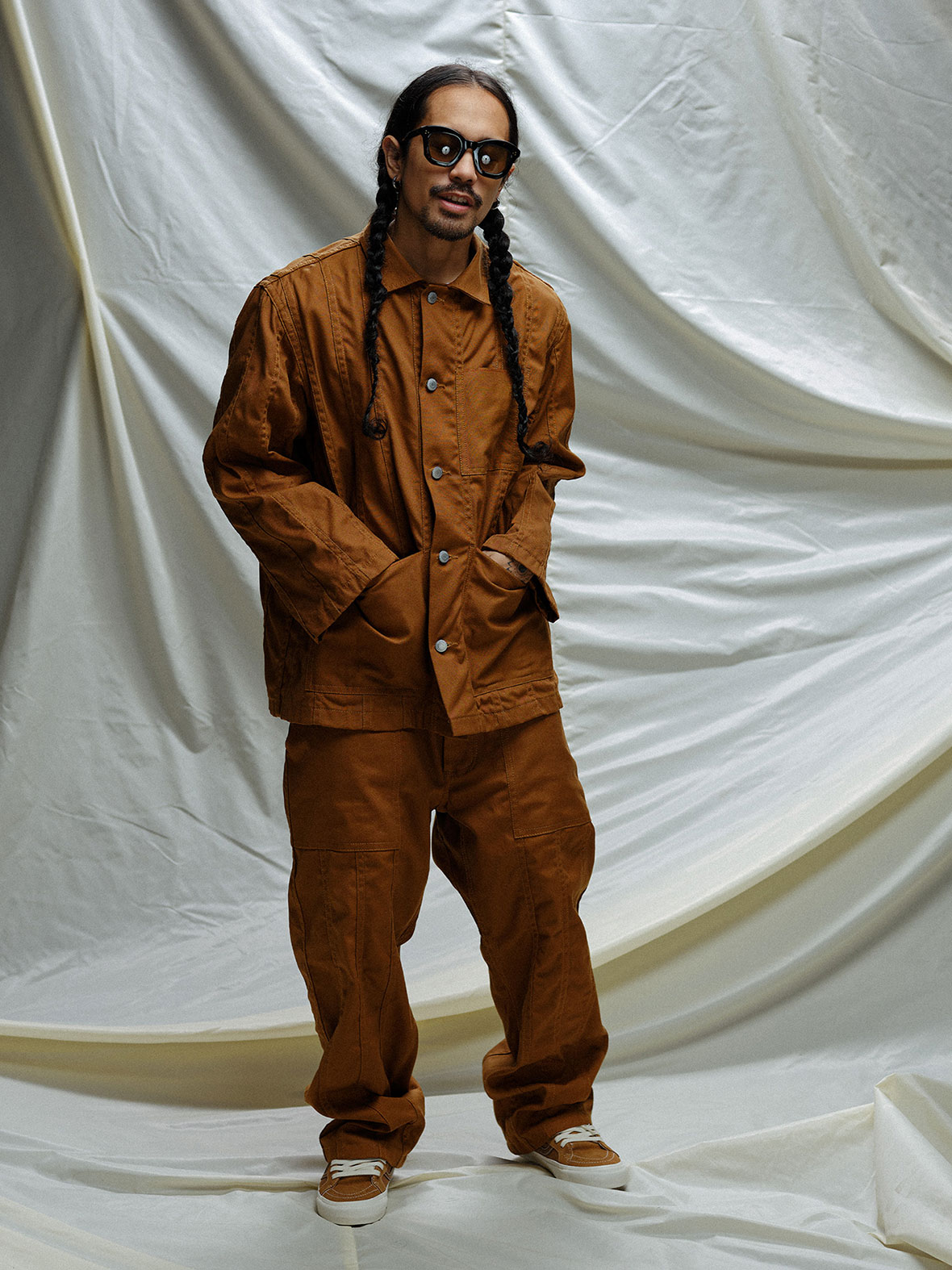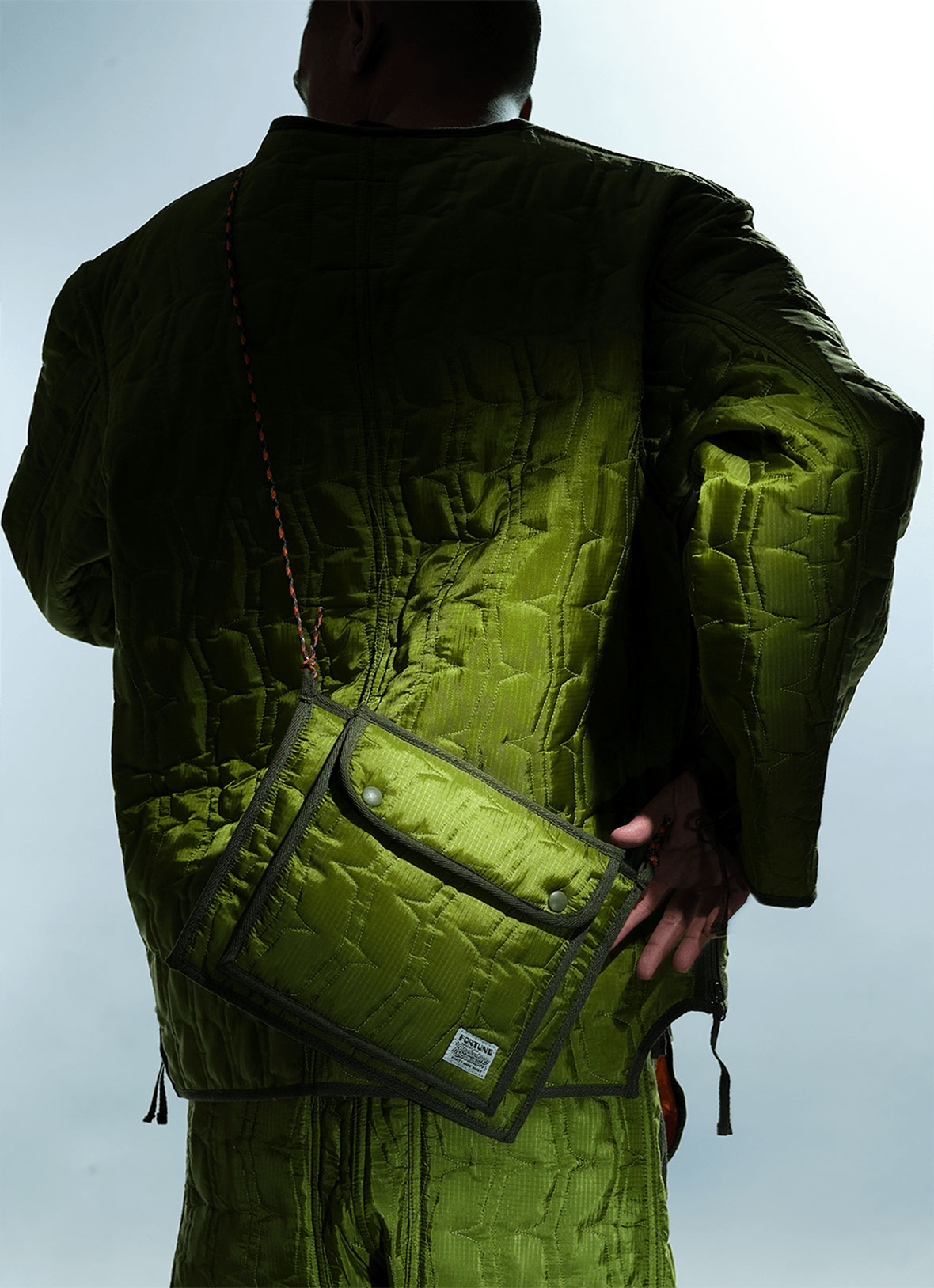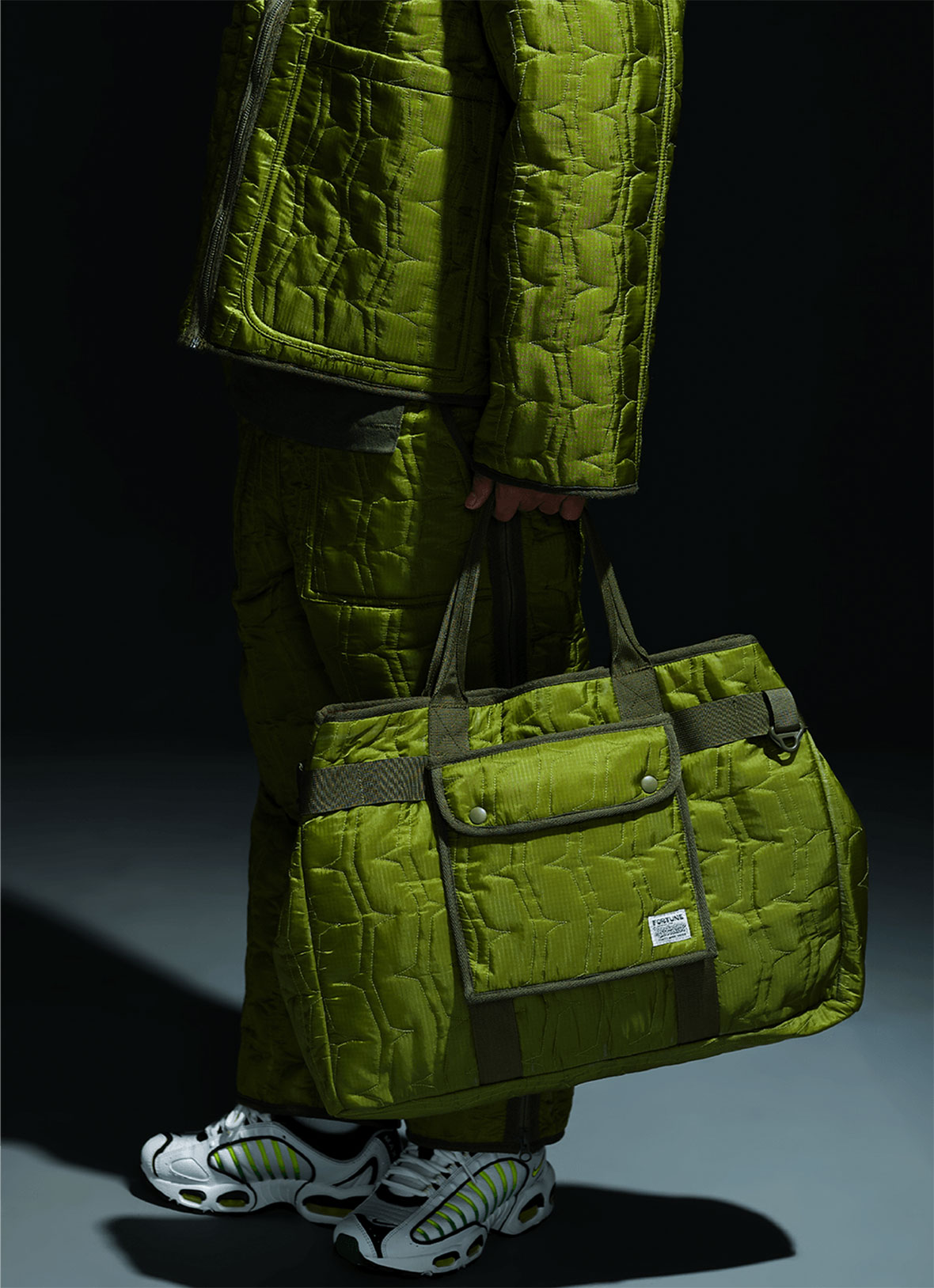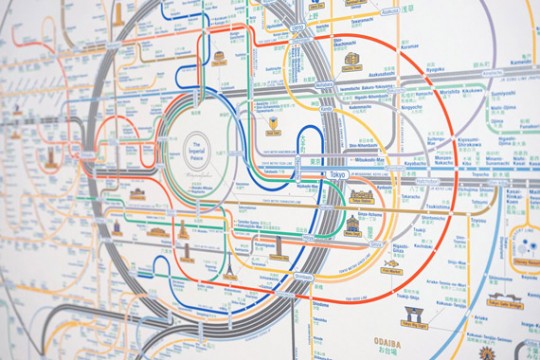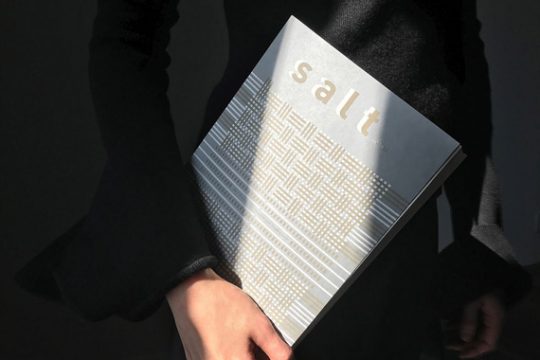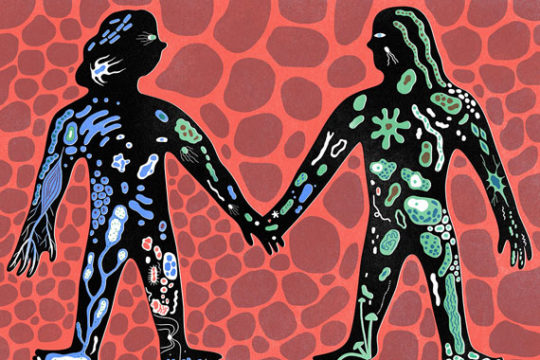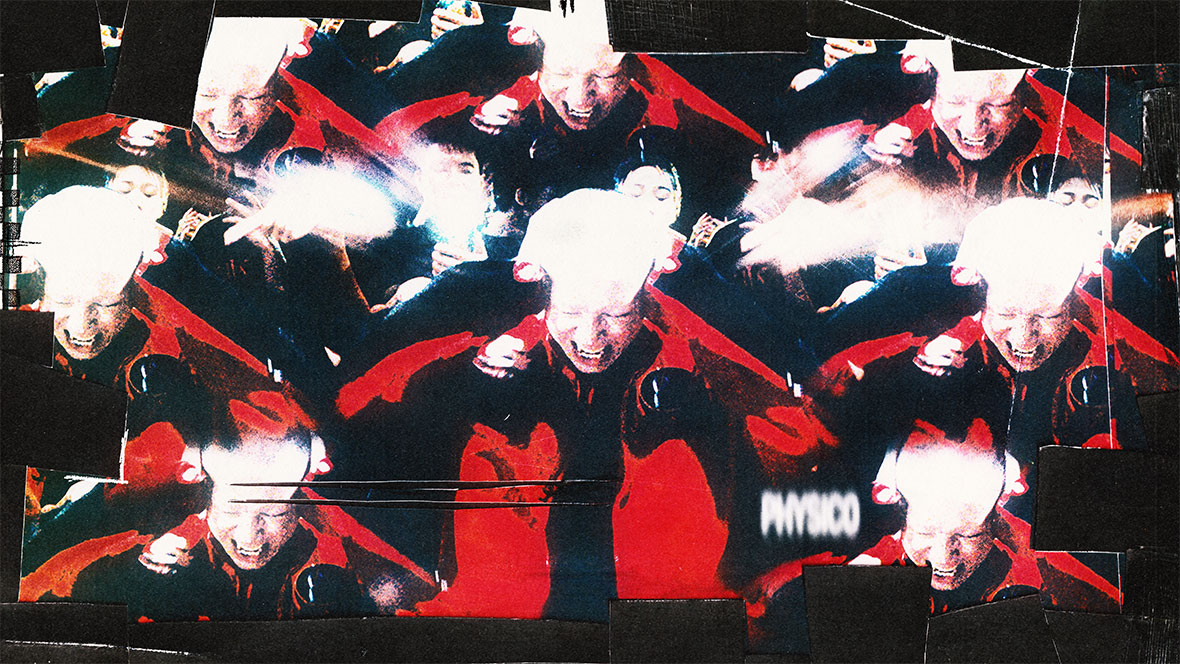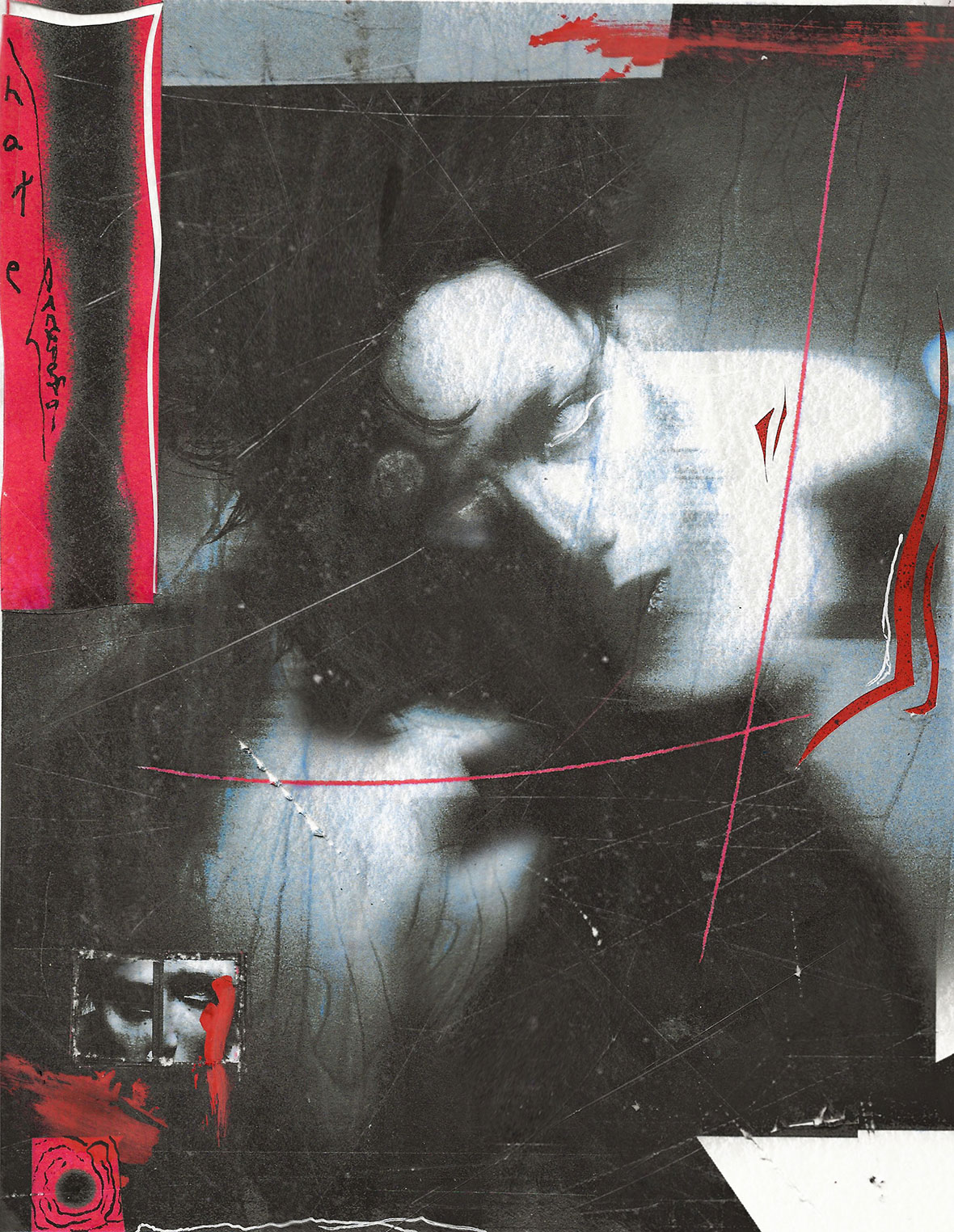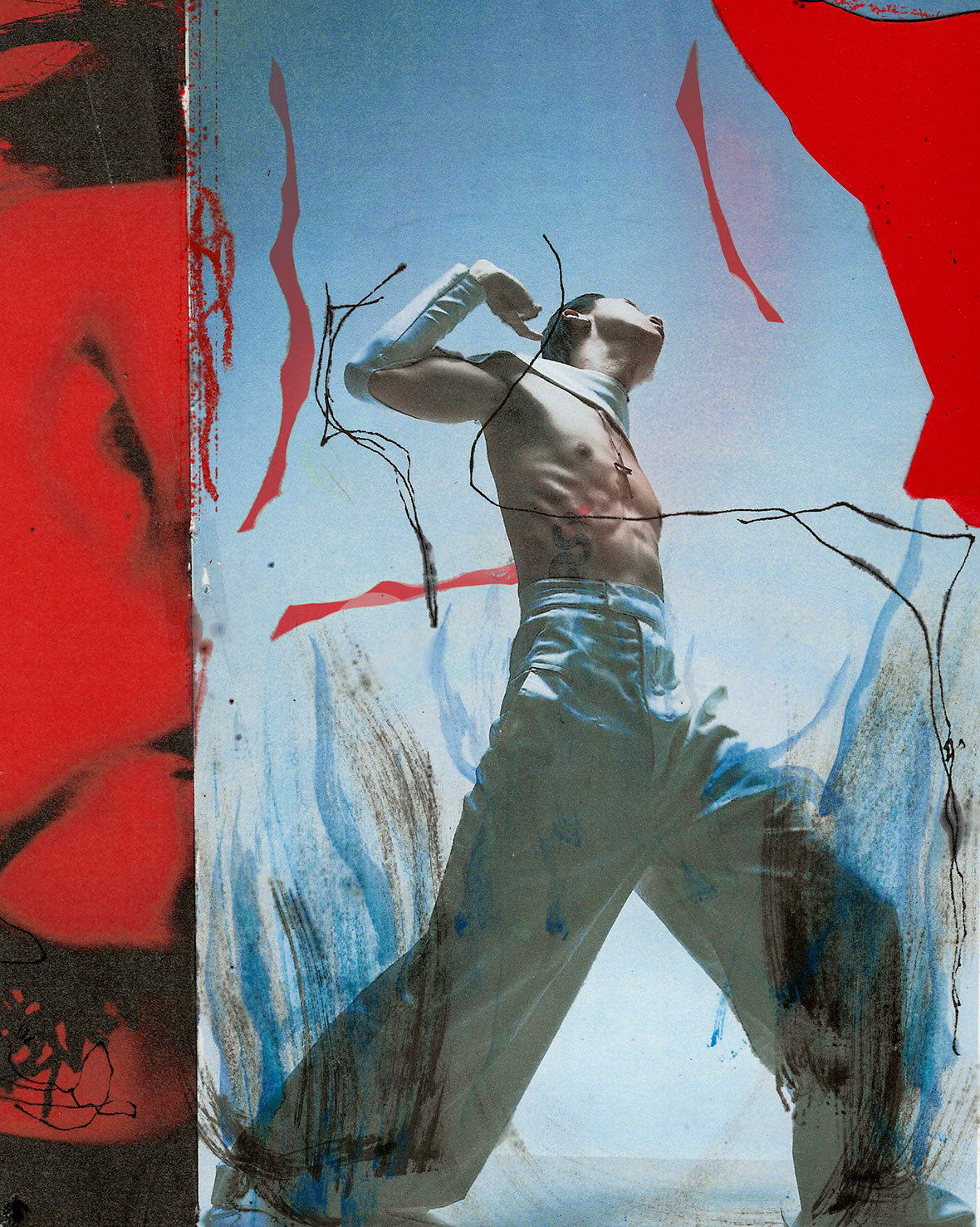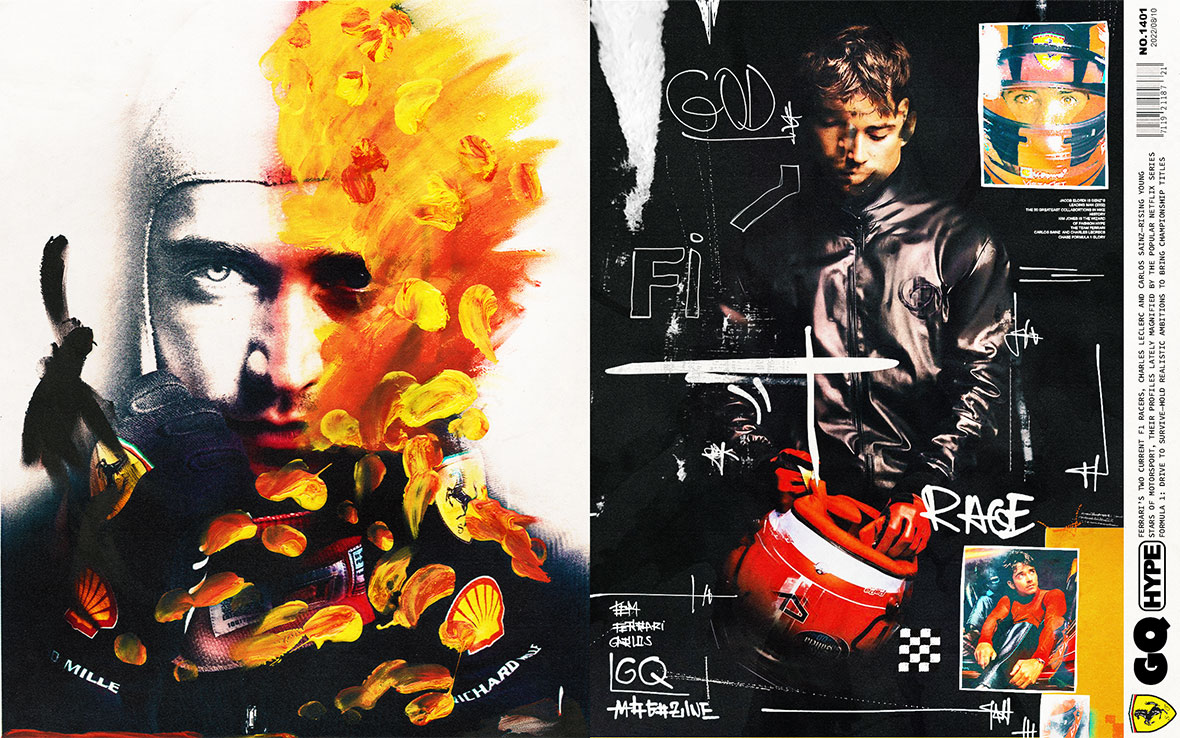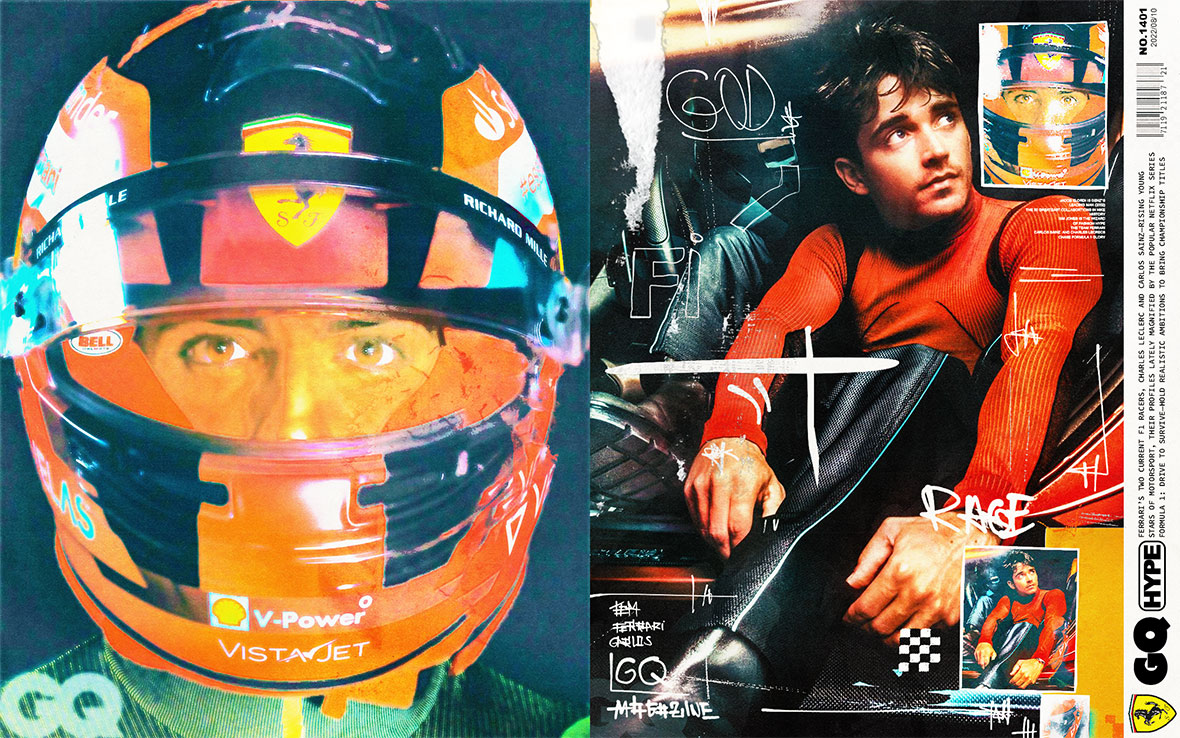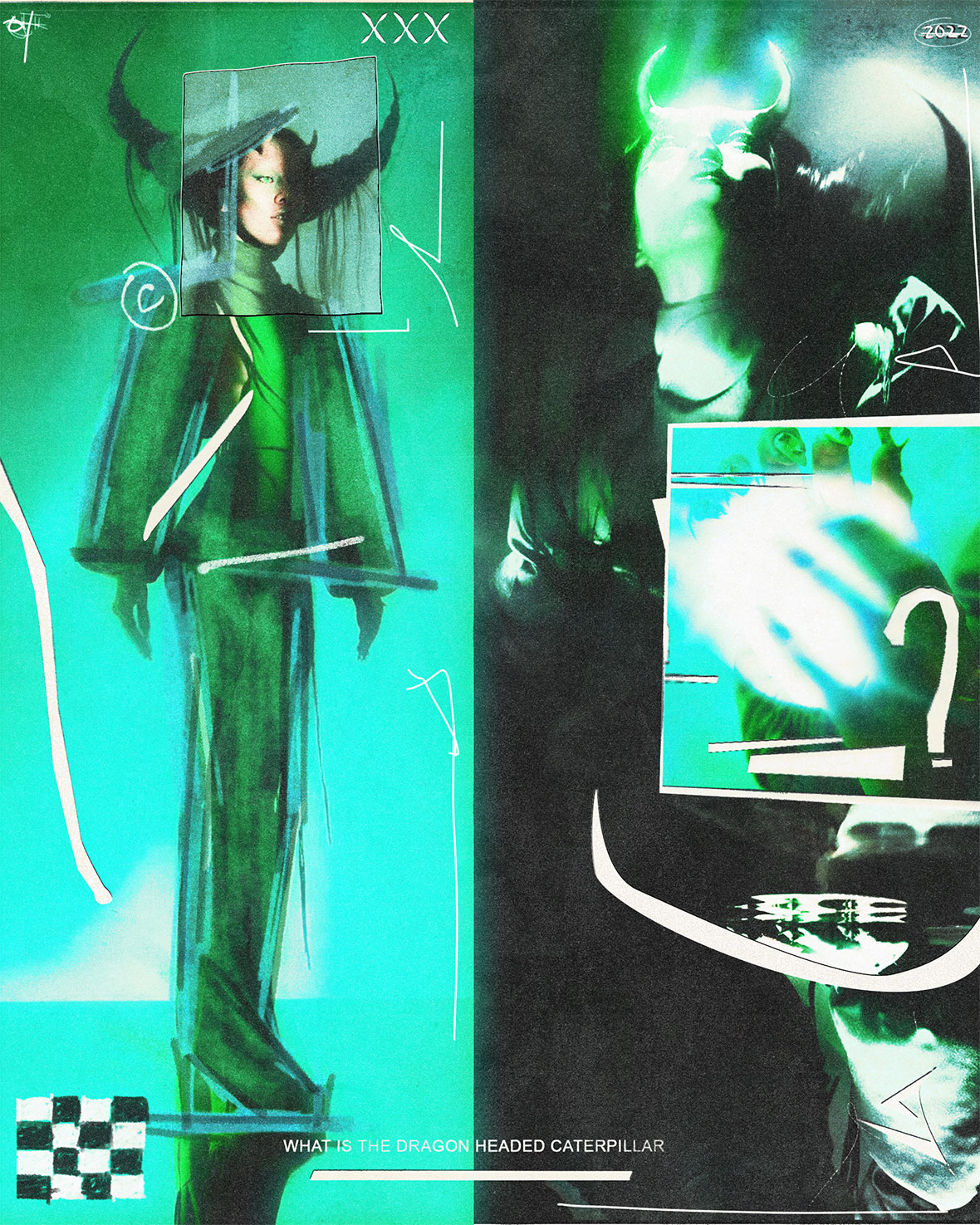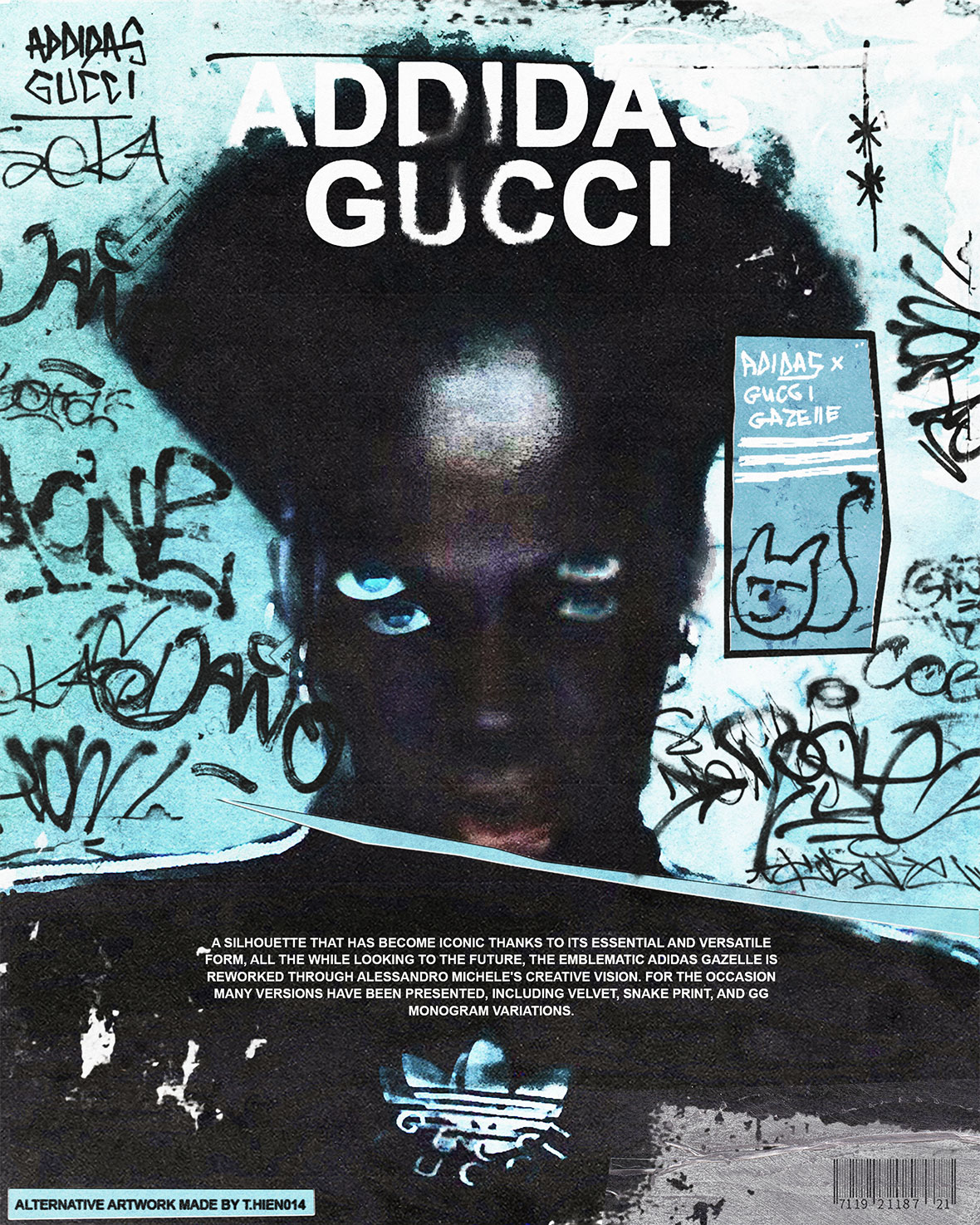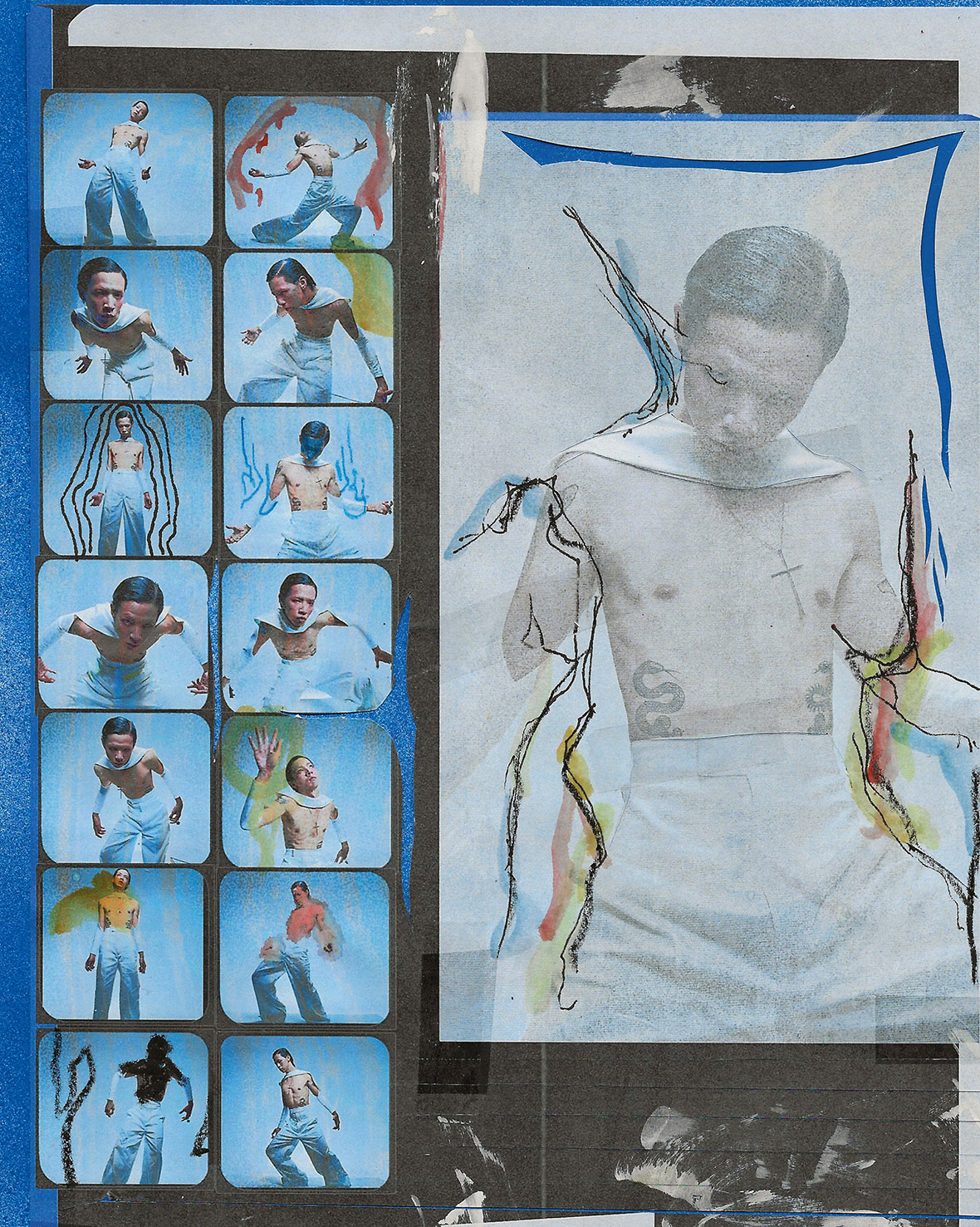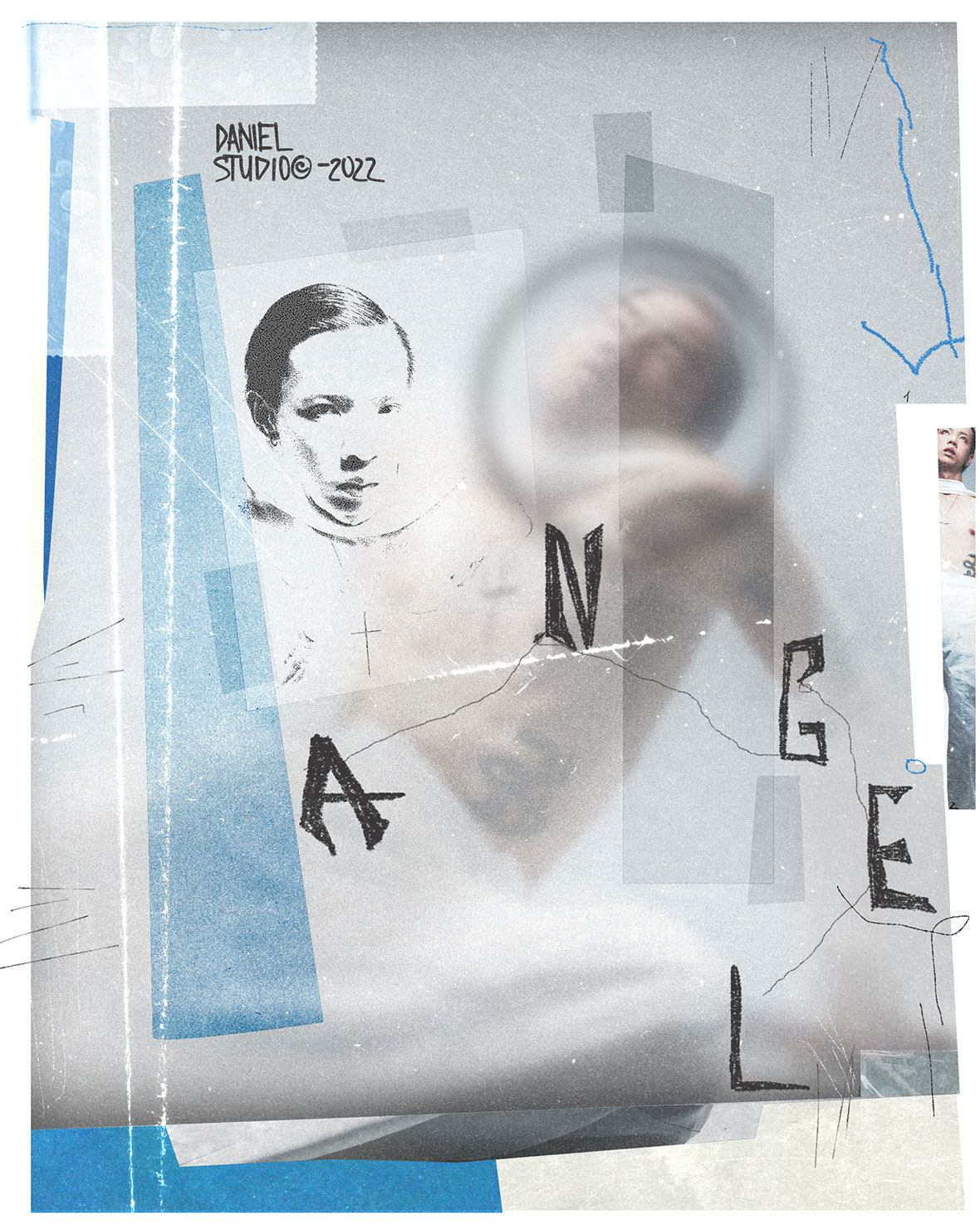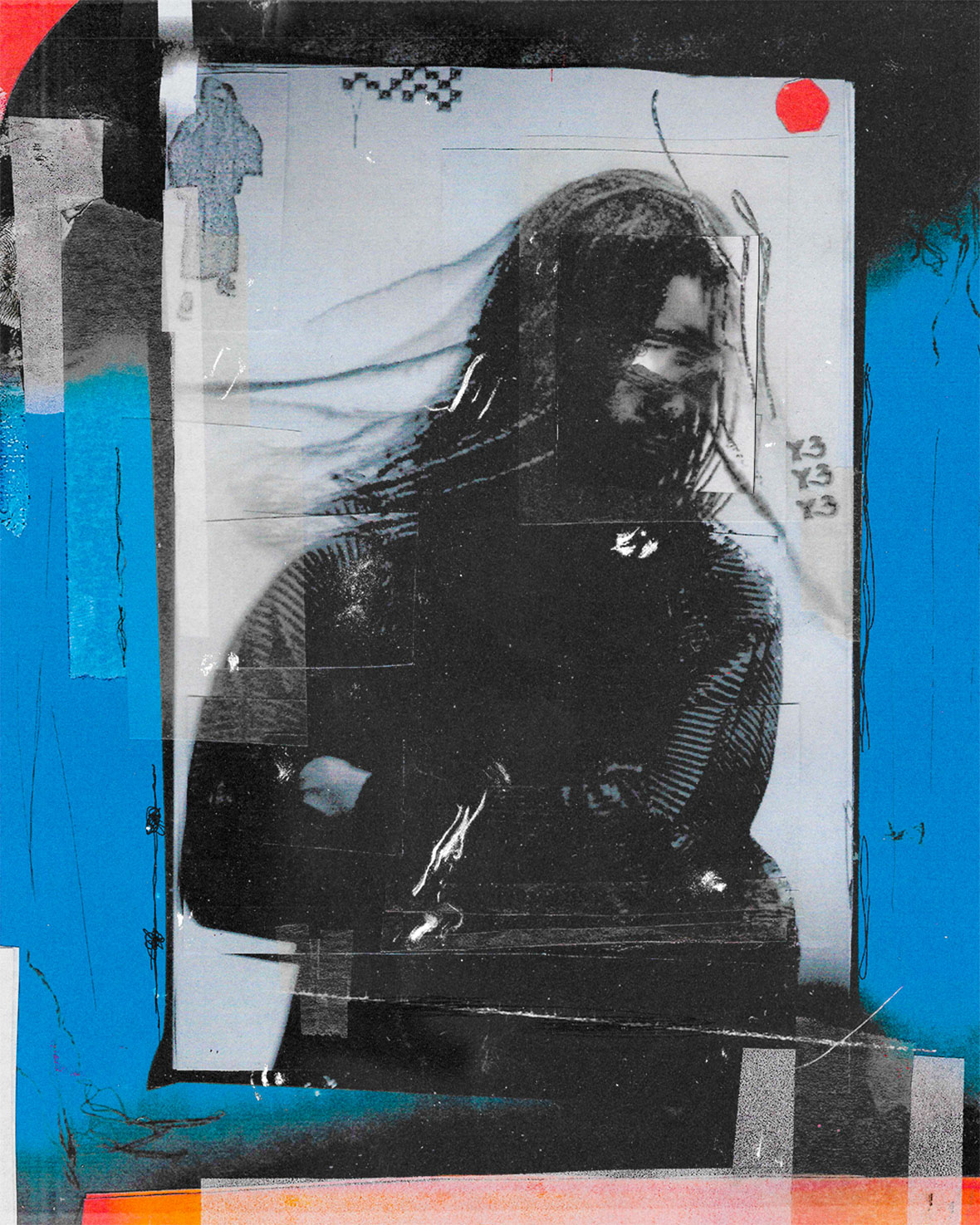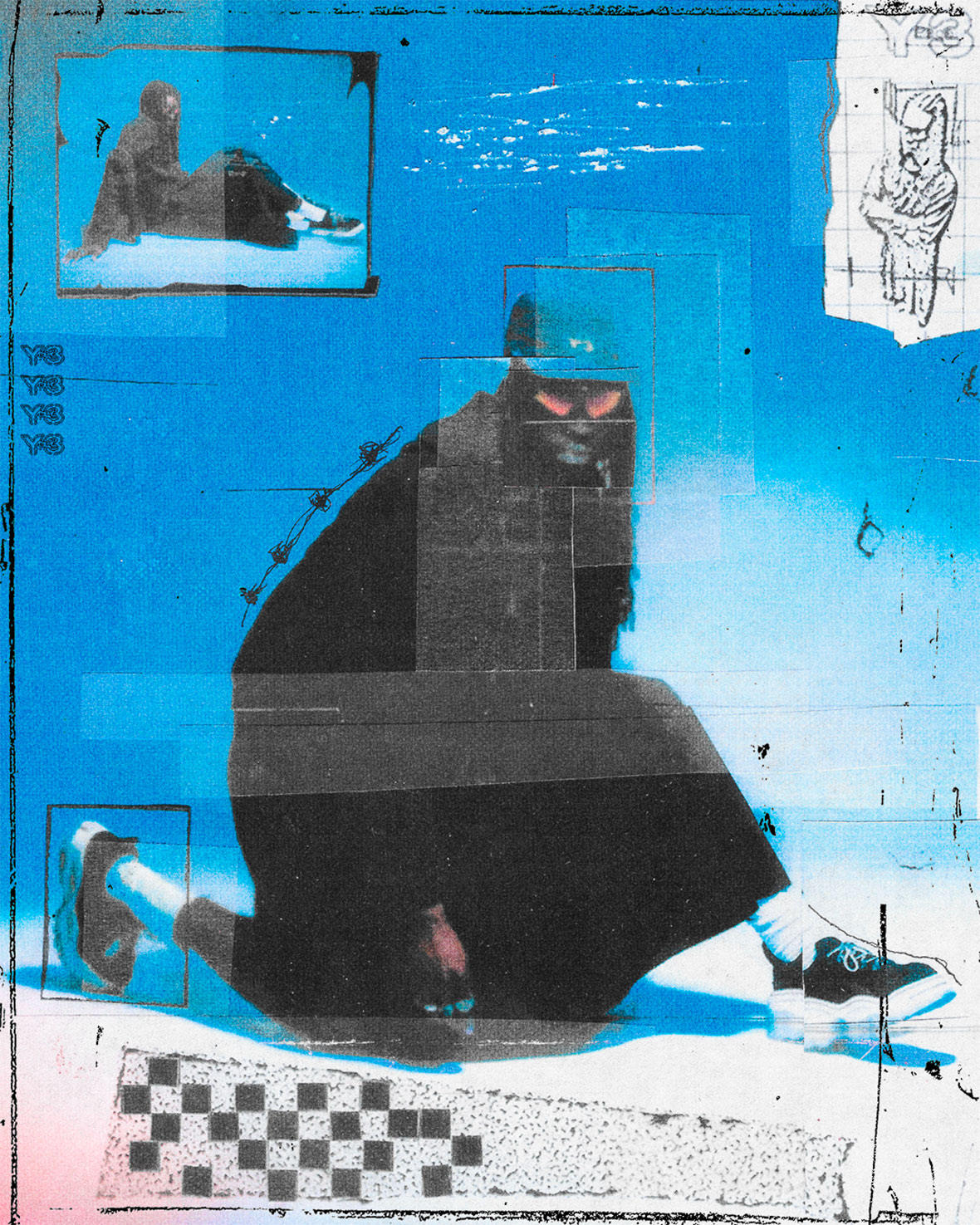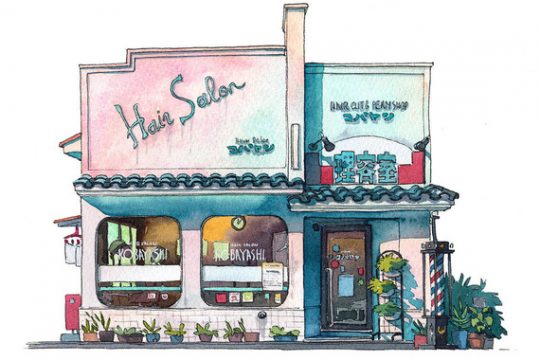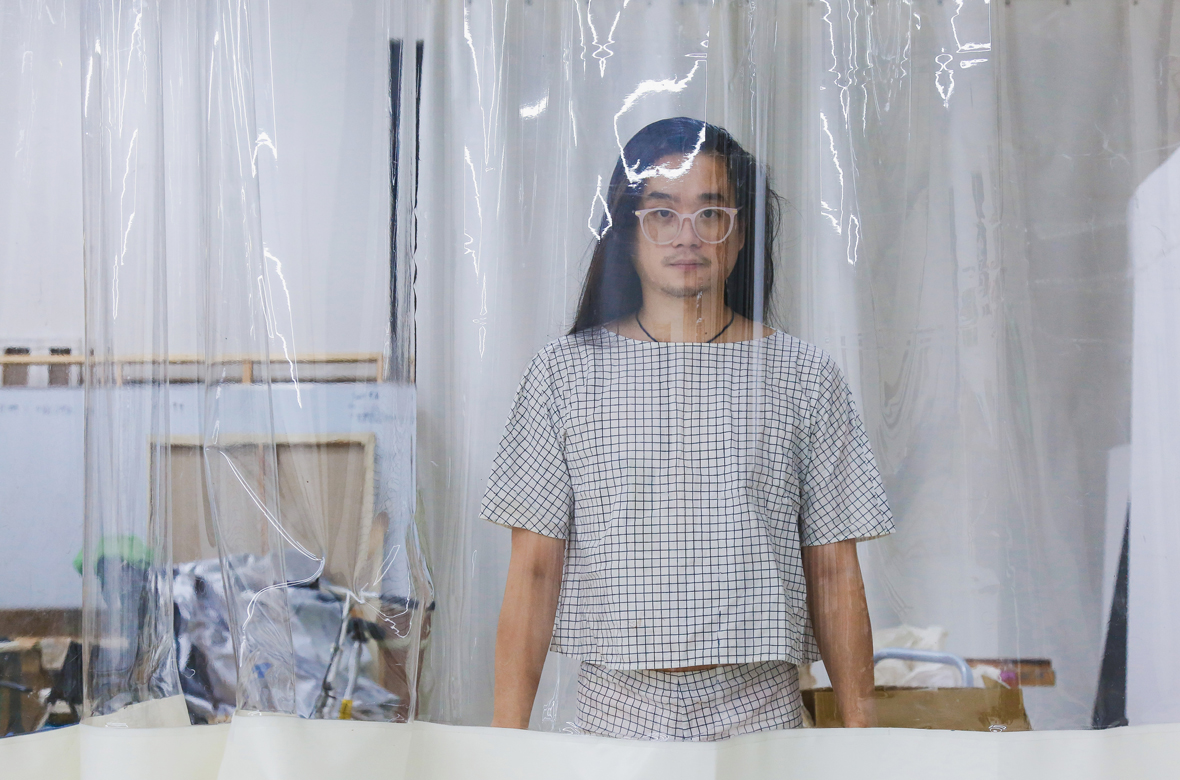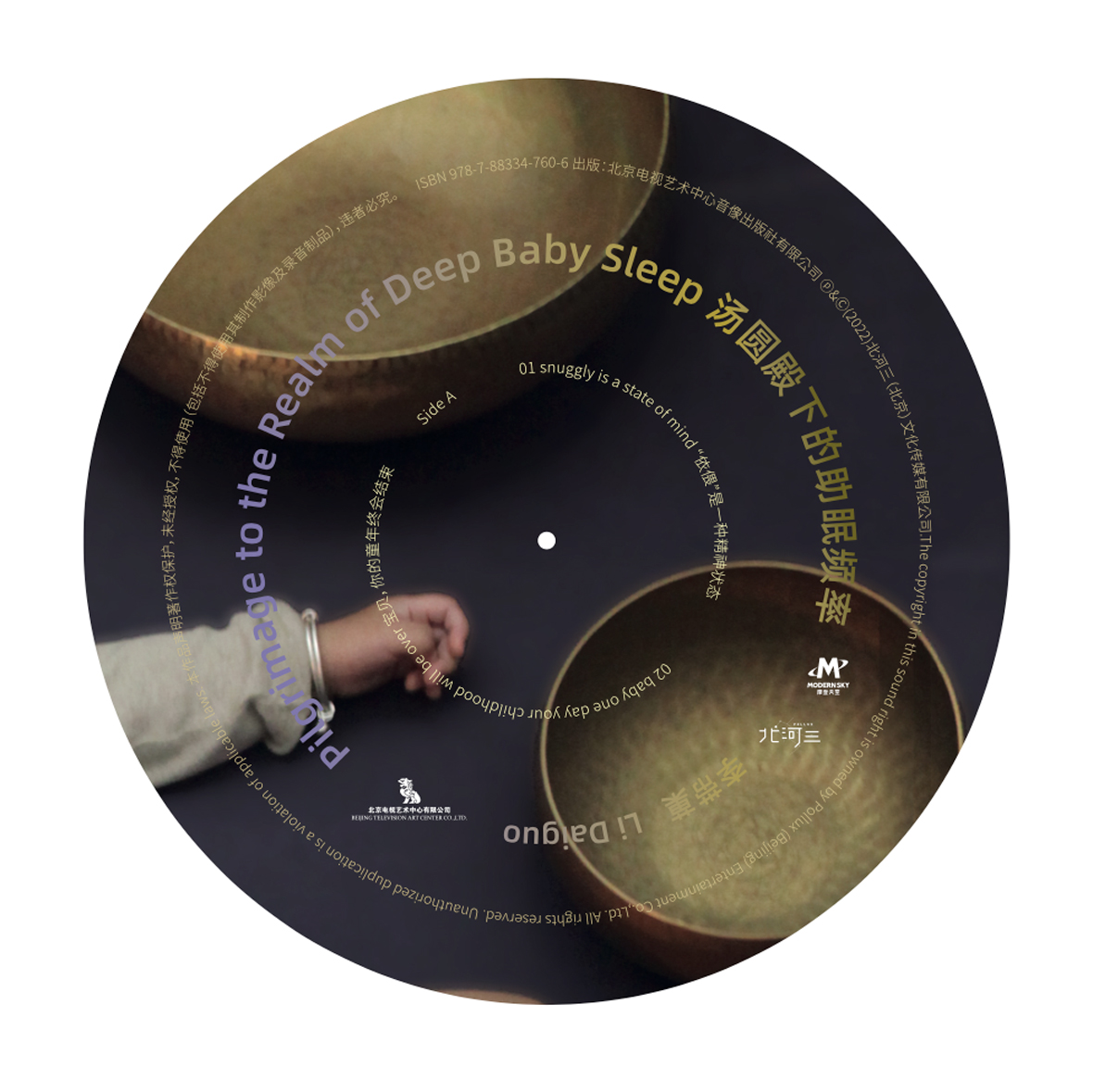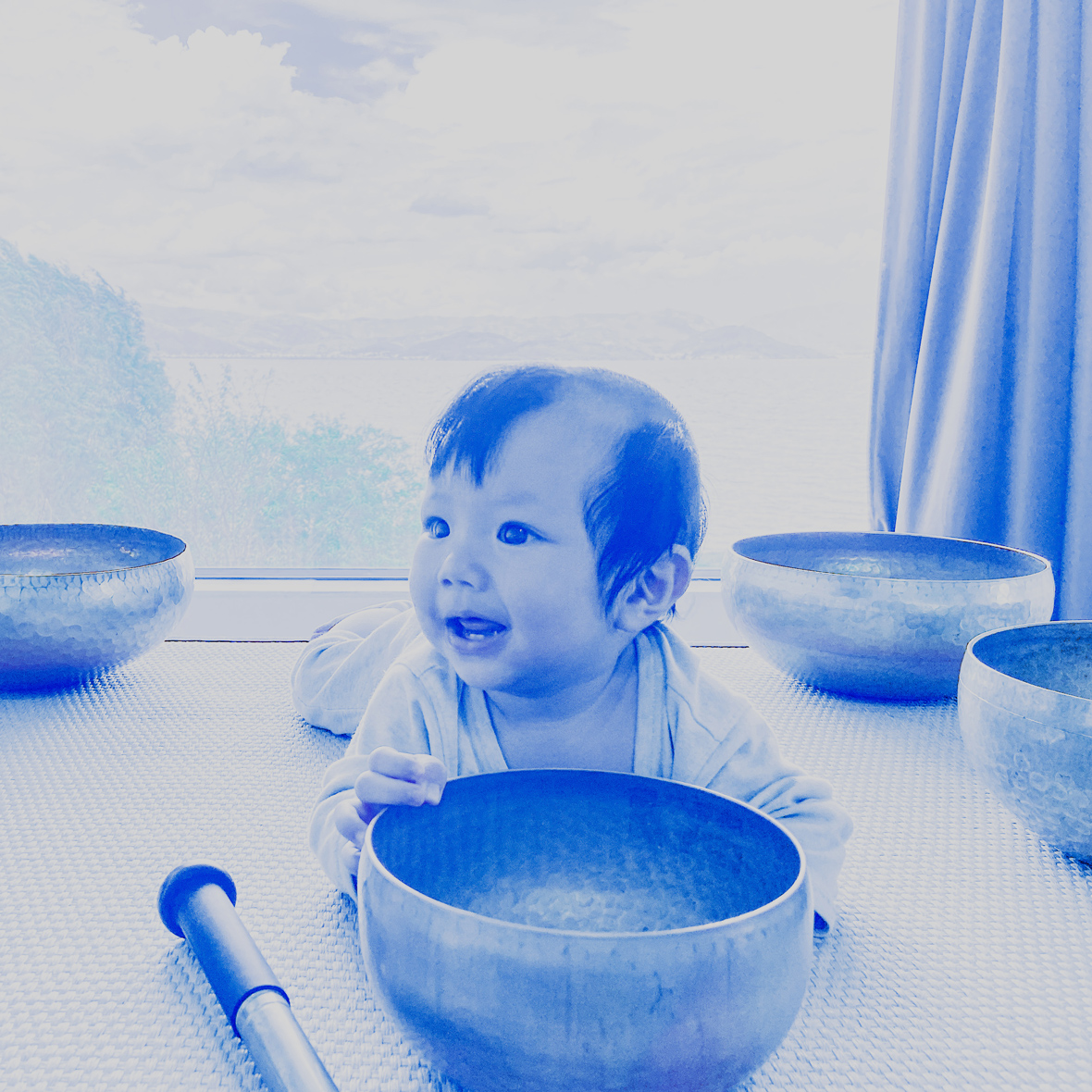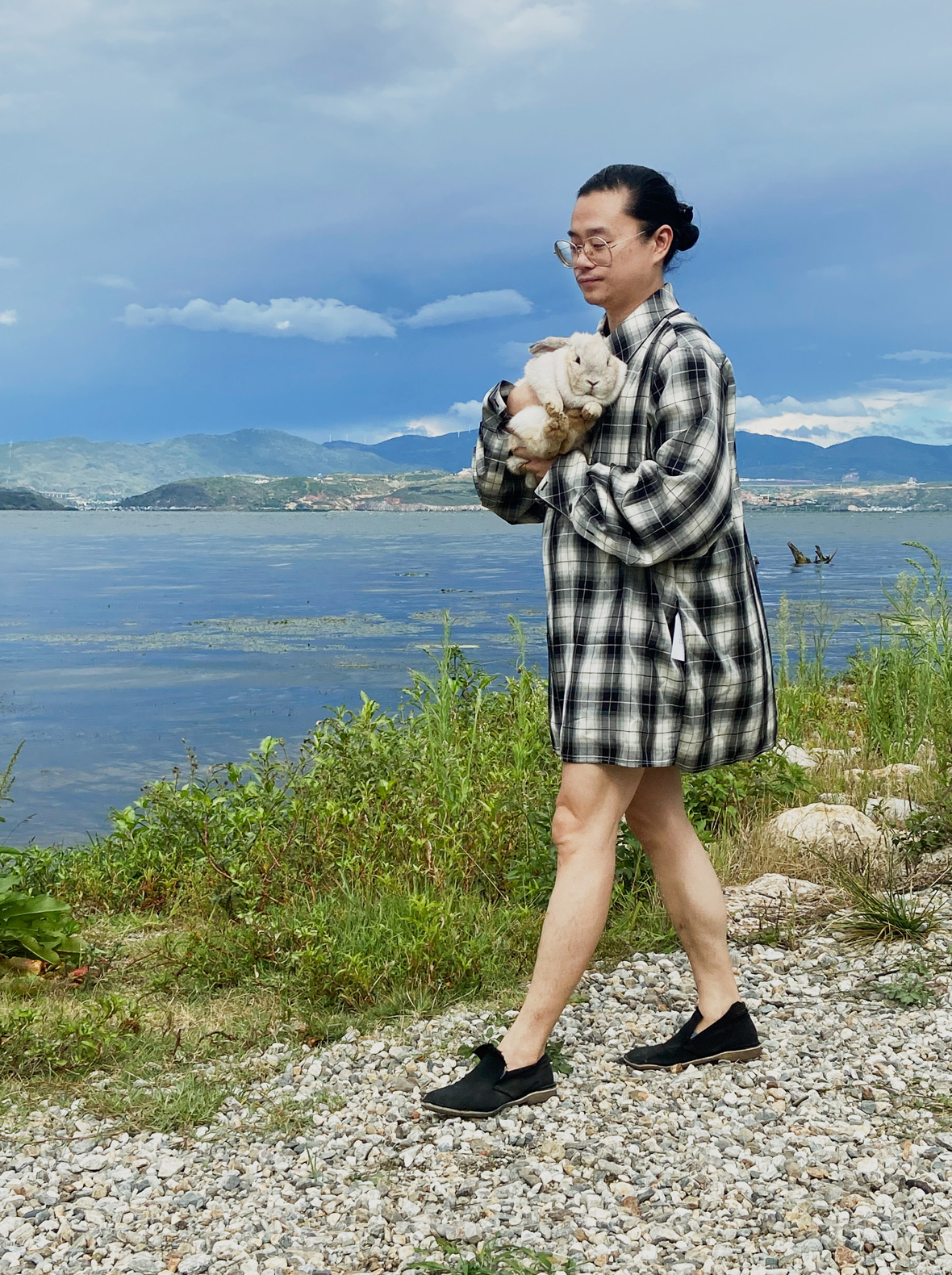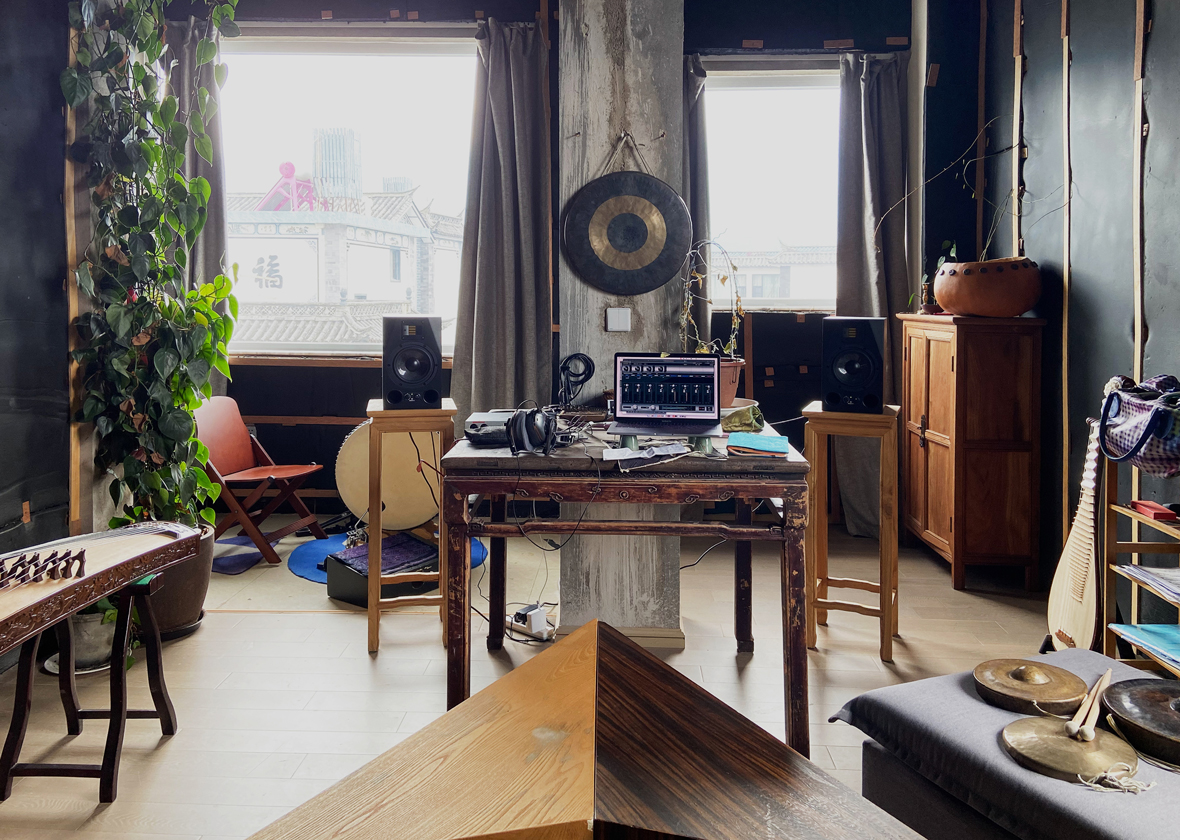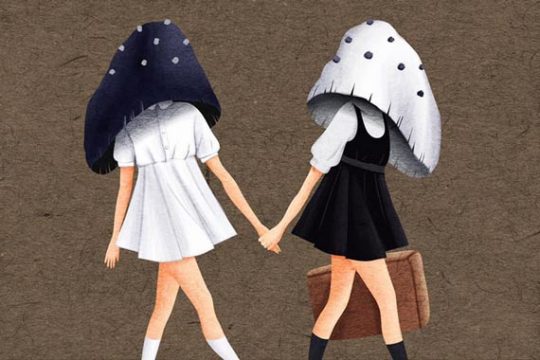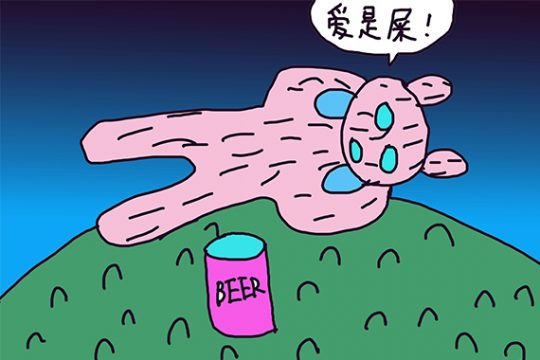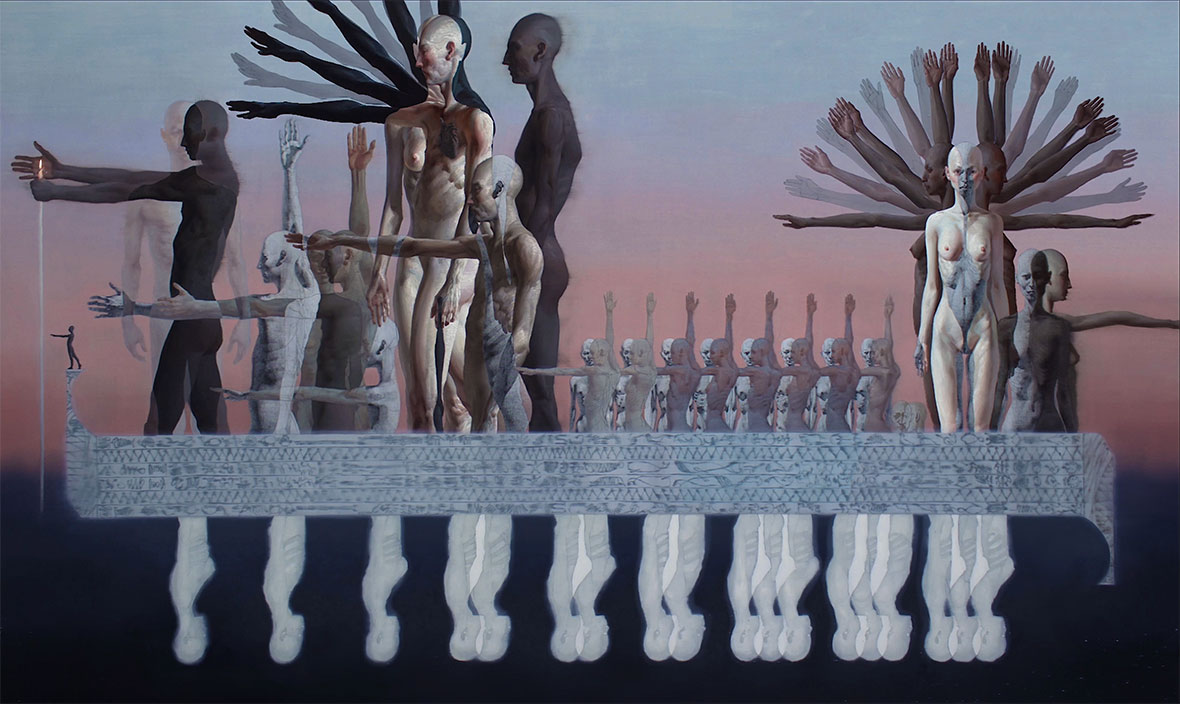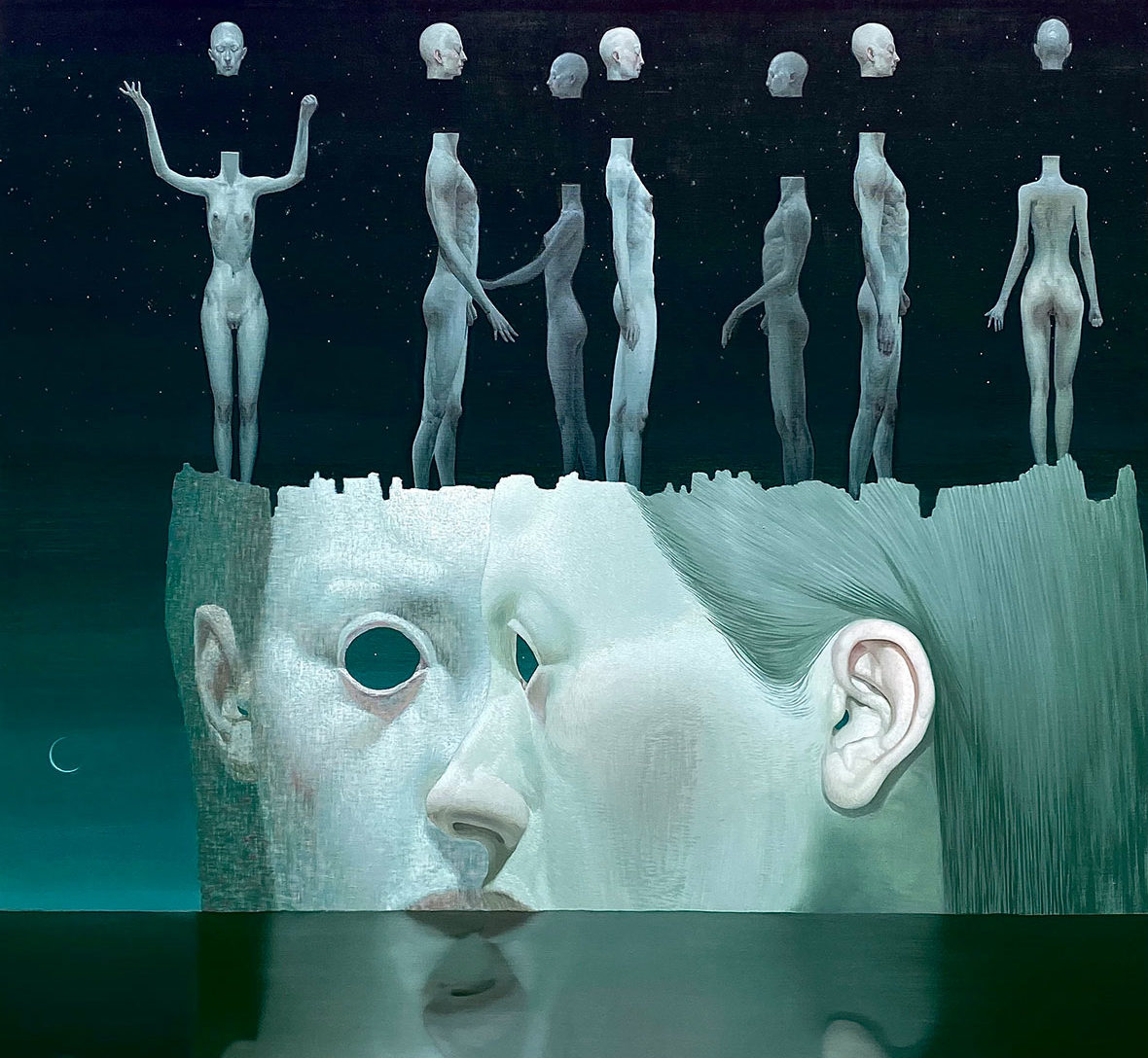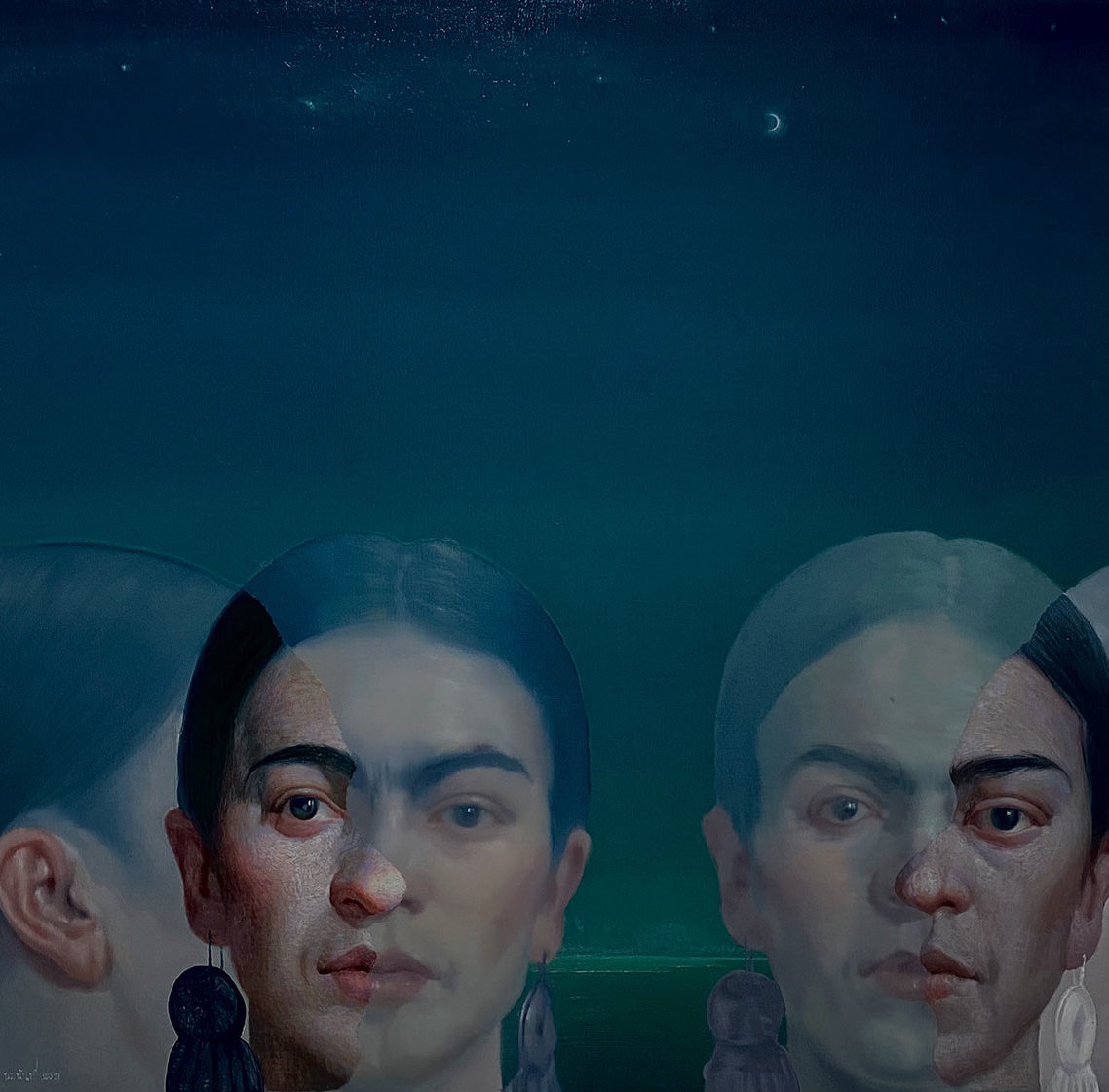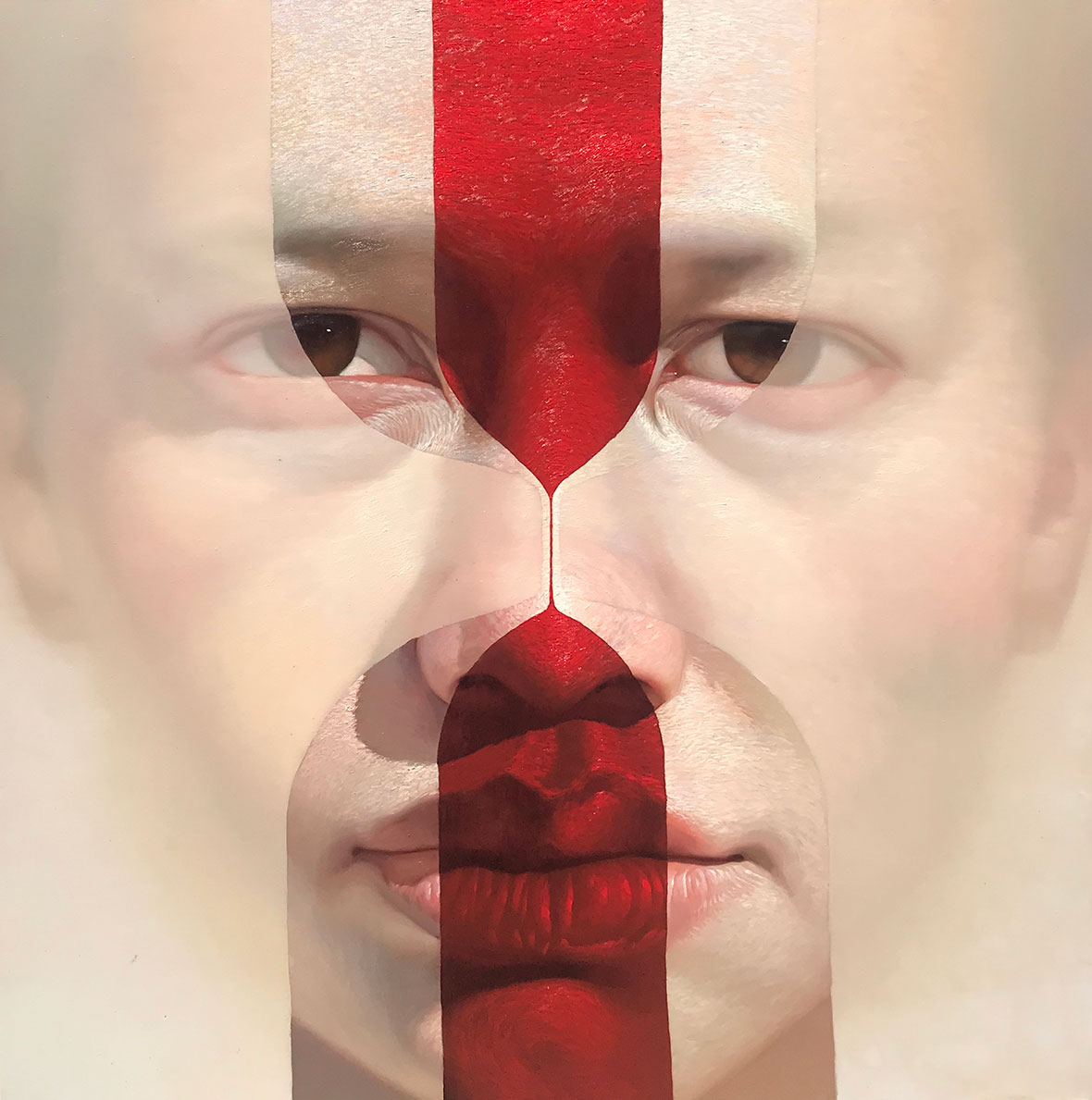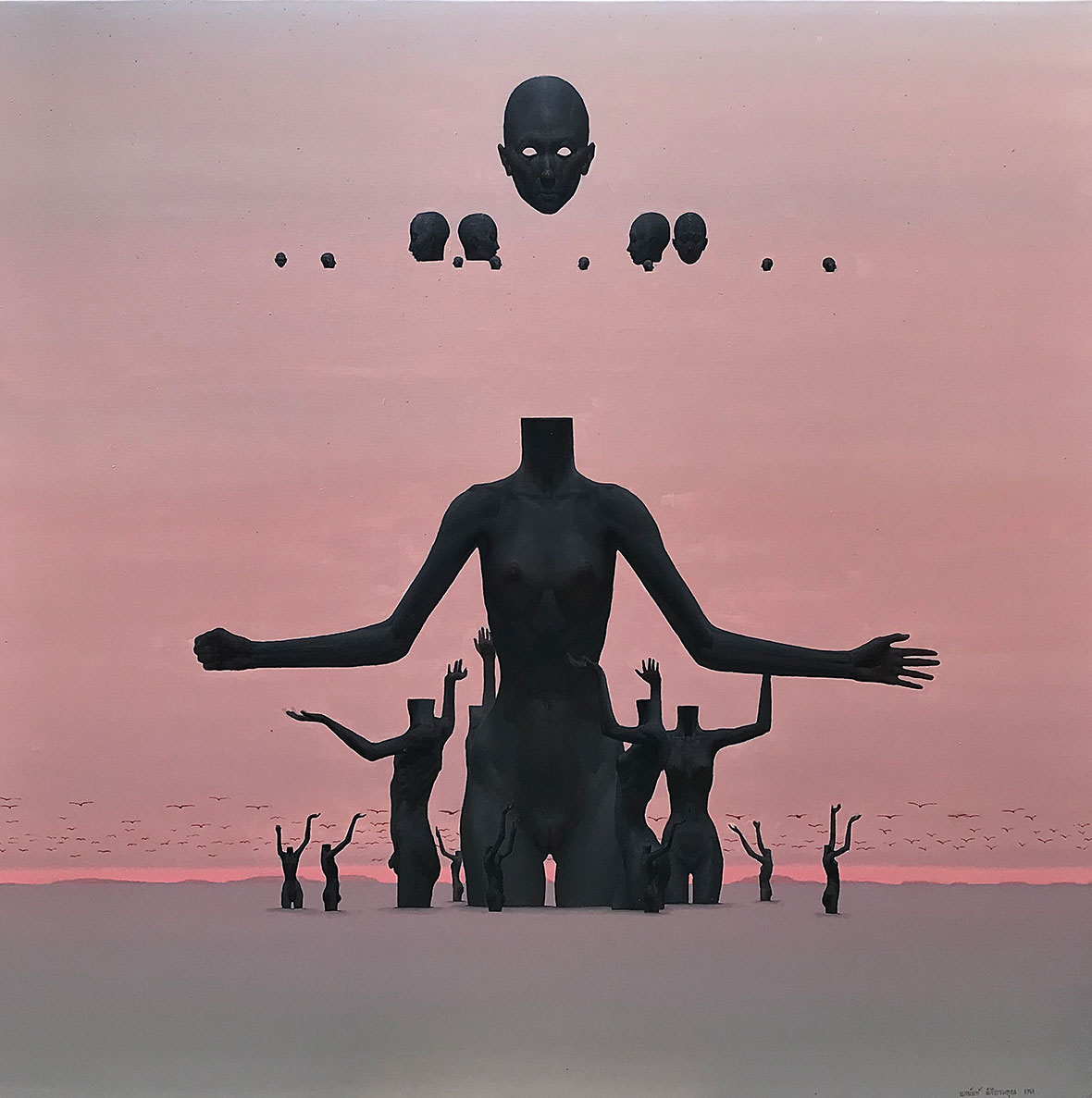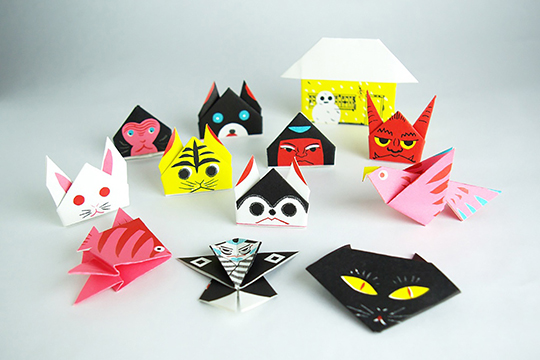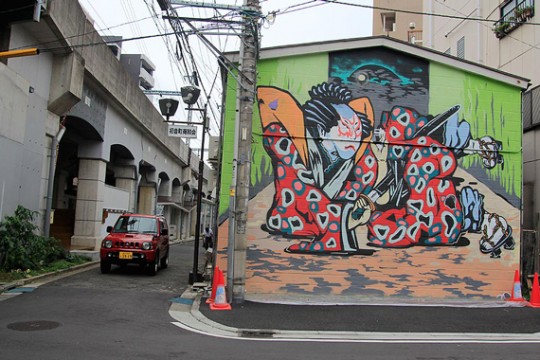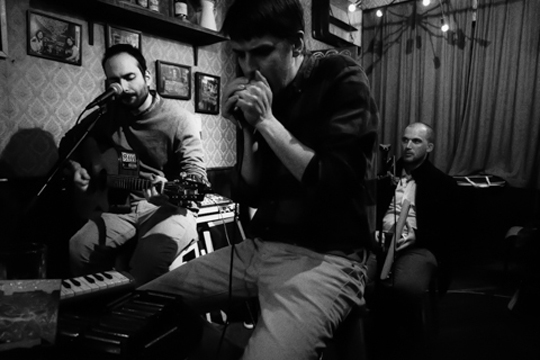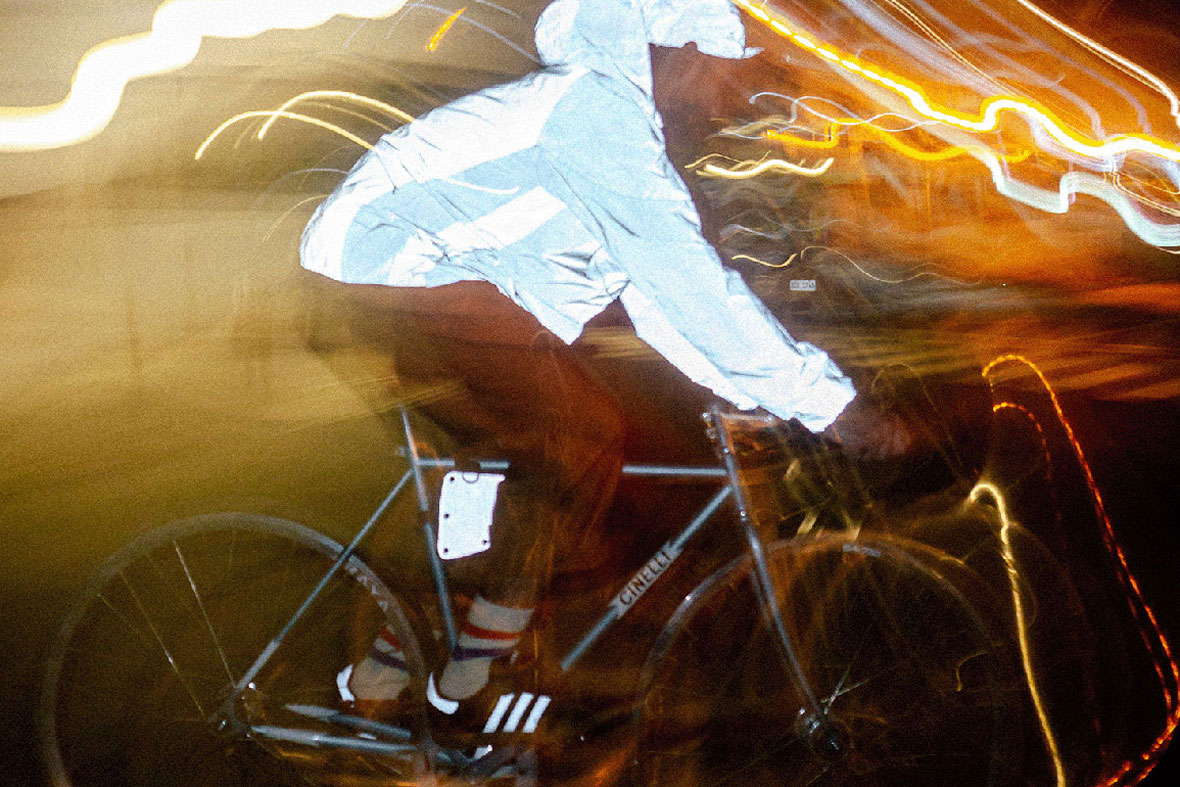
This cyclist casquette has muave, green and black panels with matching multi-colored stitching and reflective 3M fabric lining the bottom of the brim. If you flip the the cap inside out, it’s a new and entirely reflective piece, with angular black stitching that resembles a heartbeat ECG. The piece comes from Manila’s Fortune WWD brand’s recent drop and is characteristic of their style. It’s useful, modular, has unique fabrics, and explores an explicit type of functional wear. It’s also a result of listening to their community: “We had a lot of friends asking for cycling stuff, so we wanted to cater to them,” says Isai Araneta, Fortune’s art director.
这是一款可双面佩戴的骑行帽,由淡紫、绿色和黑色镶片拼接,帽檐底部饰有多色缝线和反光 3M 织物;翻转另一面,则是全反光材质,饰以棱角分明的黑色缝线,图案像是心电图。这款帽子来自马尼拉本土品牌 Fortune WWD 推出的最新系列,出色地诠释了品牌特色——追求实用、模块化设计。品牌对服装的功能性拥有独到探索,每件服饰均采用独特面料设计。此次系列的设计参考了自骑行圈内朋友的意见,Fortune WWD 艺术总监 Isai Araneta 说:“身边很多朋友都从事骑行相关的运动,所以这次我们想满足他们的期愿。”
The whole season revolves around cycling, including a bike frame bag that’s convertible to a messenger bag, a high-visibility modular hoodie, matching shorts and more. During the pandemic lockdowns, public transit in the Philippines was either totally halted or largely restricted, and it took at least a year before it was back at full capacity. During this time cycling exploded, with bike imports doubling and 310 miles of bike lines being created in less than a year. The appeal stuck and cycling remains wildly popular. As a brand that meditates on what different work wear or military wear themes might look like from a new perspective, it just made sense for Fortune to try their hand at cycling as well.
该系列围绕自行车这项运动为主题,包括一款可变为邮差包的自行车车架包、荧光色模块化连帽衫以及同色系短裤等等。大疫情封锁期间,菲律宾的公共交通要么完全瘫痪,要么很大程度上停摆,经过一年多时间才能恢复正常运行。而在此期间,自行车运动呈爆炸式增长,在不到一年的时间里,自行车进口量翻了一番,当地还新建了500公里的自行车道。结束封锁后,这股热潮丝毫未见消退,自行车运动仍广受欢迎。作为喜欢挖掘新角度重新解构工装和军装的品牌,Fortune WWD 自然也不会错过对骑行服饰的演绎。
Fortune Wonder Works Division launched in 2019 with their factory and offices inside a residential home tucked away off the Quezon Ave throughway. It was founded by Paulo Martinez, the main designer who leads the clothing direction, Aren Pe, who takes care of production and back end stuff, and Araneta. Pe and Martinez had worked together since 2012 and previously had two streetwear brands. They talked about Fortune for years before launching. “It’s something we’ve always wanted to do, but it’s hard coming from Manila because it hasn’t really been done here,” Pe reflects. They needed to learn production and budgeting, and they didn’t even know if a market existed for it yet. Finding factories was a challenge because their clothing was too specialized and required huge minimums. “There were lots of question marks in the beginning that we had to figure out to make sure we did it right.”
Fortune WWD 工作室位于奎松大道旁的一间住宅楼内。品牌创始人包括首席设计师 Paulo Martinez、负责生产和后台运营工作的 Aren Pe 以及上述提及的艺术总监 Isai。早在 2012 年,Paulo 和 Aren 就开始合作,曾推出过两个街头服饰品牌。在正式创立 Fortune WWD 之前,他们已经有了很多关于该品牌的构想。“这是我们一直想做的事情,但在马尼拉,这种品牌并不容易,类似的设计思路从未有人尝试,”Aren 说道。为此他们做过大量调研,但依然对市场的走向模棱两可。找工厂是又一个难题,他们的服装太过小众,而工厂的起订量通常都较高,“开始会遇到很多问题,我们要想办法弄清楚,以确保不会出错。”
The factory they worked with on their previous brands, which specialized in bespoke selvedge denim, helped guide them and had a lot of vintage equipment like Union Special sewing machines. When it closed at the beginning of the pandemic, Fortune took over and kept most of the sewers on board. “They’ve been working in the field for a decade, so we’ve learned a lot from them,” Arenata says. “We develop ideas directly with them. A lot of our ideas wouldn’t have been possible without their guidance”
“We always worked along the lines of making the impossible, possible,” she says of their driving inspiration. They strive to invent new ways of wearing clothes and how to make them more useful. The best example of this is probably their clothing that can be worn backwards and forward. The “no front no back” pieces began as an experiment, just an attempt to see how far they could push things. Martinez, who doesn’t like to work in the office, was out at a park and noticed a bench that everyone used differently and decided to apply the concept to clothing.
他们从之前品牌合作过的丹宁工厂那里听取建议。疫情爆发后,工厂关闭,Fortune WWD 接管了工厂,包括当中许多老式设备,比如 Union Special 品牌的缝纫机,并留下工厂原配的许多缝纫工。Isai 说:“工人们从事缝纫领域十多年,我们从他们身上学到了很多东西。我们偶尔还会和工人们一起讨论开发和设计。如果没有他们的指导,品牌的很多想法都不可能实现。”
谈到品牌的创作灵感时,Isai 聊道:“我们往往希望可以把大众难以想象到的两种功能性结合在一起。”这些年,他们一直努力开发新的衣着方式,旨在提升服装的功能性,最明显的例子便是他们的许多衣服都可以两面穿,或是一衣多用。这种 “无正反面之分”(no front no back)的想法最初源于他们打破常规的一次尝试。Paulo 不喜欢坐办公室,有次在公园,他注意到每个人都会以不同的方式来使用公园长椅,并决定将这个概念应用于服装。
“The design challenge is part of the appeal, especially for Paulo,” Areneta says, referring to Fortune’s modular, reversible, and NFNB pieces. “We’re highlighting the technical skill of design but it’s still normal streetwear to us. He wants to invent new things and showed us that clothing can be something new entirely.”
Often, an idea is inspired by a fabric they find. Fortune comes across something that looks good or has a story—like it’s not available anymore—and they’ll design clothing around it. Their waffle pieces, which use a fabric resembling a honeycomb, are some of their most popular items and were designed around the fabric. “We hoarded quite a bit of it because it’s not widely used, and then we were like, ‘OK, what do we do with it?’ Now it’s a signature look for the brand,” Pe says. (They also design pieces and seek out fabrics that fit the theme as well.)
“设计本身的挑战就是其魅力之一,特别是对 Paulo来说。”Isai 谈到,“虽然我们强调服装的机能性,但对我们来说,这仍然是普通的街头服饰,同时需要兼备新鲜元素。”
与此同时,面料也为品牌注入灵感。当团队发现一些看起来不错或是有故事的面料(比如已经停产、或是用于特定服饰的面料),就会围绕这种面料燃起兴趣。他们用华夫格面料打造的服装是品牌最受欢迎的作品之一,并围绕这一面料设计了一系列作品。“当时仓库囤了很多这种面料,如今已很少有人在用。现在,这种面料已经成为我们品牌的标志元素之一,”Aren说道。
Sometimes, Fortune will buy the last roll and then try to figure out how to use it most efficiently. This is where their patchwork styling comes from. But they treat all of their fabrics this way, using all of their scraps to avoid waste. “We don’t consider ourselves a sustainable brand but make clothing that won’t be easily thrown away. We make things of quality because we want it to last,” Pe says. The multiple functions of their pieces also means a wearer gets extended use out of each item. “We want people to use our clothes regularly, so if they’re really useful and people can use them in different ways, you get more wear and value out of them,” adds Araneta.
运气好的话,Fortune WWD 团队能买到极为稀缺的面料,这时候,他们通常会绞尽脑汁去思考如何将其利用最大化。而这也是他们拼接风格的根基。品牌以这种方式来利用手头的所有原料,杜绝浪费。
“我们不认为自己是一个倡导可持续发展的品牌,但我们也不想生产一些轻易就被丢弃的服装。我们希望制造高质量的衣服,是你衣柜里可以穿很久的衣服。”Aren 说道。当品牌主打的多功能设计逐渐显现,意味着能为穿戴者提供更为丰富的使用场景,“通过实用的功能设计,服装能带来的远比人们想象的更多。方便与实用会自然而然地注入进我们的生活,”Isai 补充道。
Like our stories? Follow us on Facebook and Instagram.
Instagram: @fortunewwd
Contributor: Mike Steyels
Chinese Translation: Olivia Li

